Previewing the 2016 Ironman World Championship in Hawaii

KAILUA-KONA, HAWAII – Imagine being accidentally kicked, punched, grabbed and slapped while trying to freestyle 2.4 miles through unpredictable currents. Then, try and bike 112 along the Queen Ka'ahumanu Highway while the Hawaiian heat and wind gods wish nothing but torturous 45 mph head- and cross-winds, and skillet-like temperatures upon your struggling body. Finally, run a marathon. Yes, a marathon—a full 26.2 miles to the famous Ali’i Drive finish.
This 140.6-mile challenge is what more than 2,300 of the world’s most elite athletes will have the opportunity to complete at the 2016 Ironman World Championship on Oct. 8. in Kona, Hawaii.
The 2015 defending champions, Germany’s Jan Frodeno and Switzerland’s Daniela Ryf, will both return to compete again in what is arguably the world’s most difficult single-sport sporting event.
Last year, Frodeno etched a piece of history, becoming the first Ironman competitor to capture triathlon’s triple crown—he previously won gold at the 2008 Beijing Olympics and was victorious at the 2015 Ironman 70.3 World Championship.
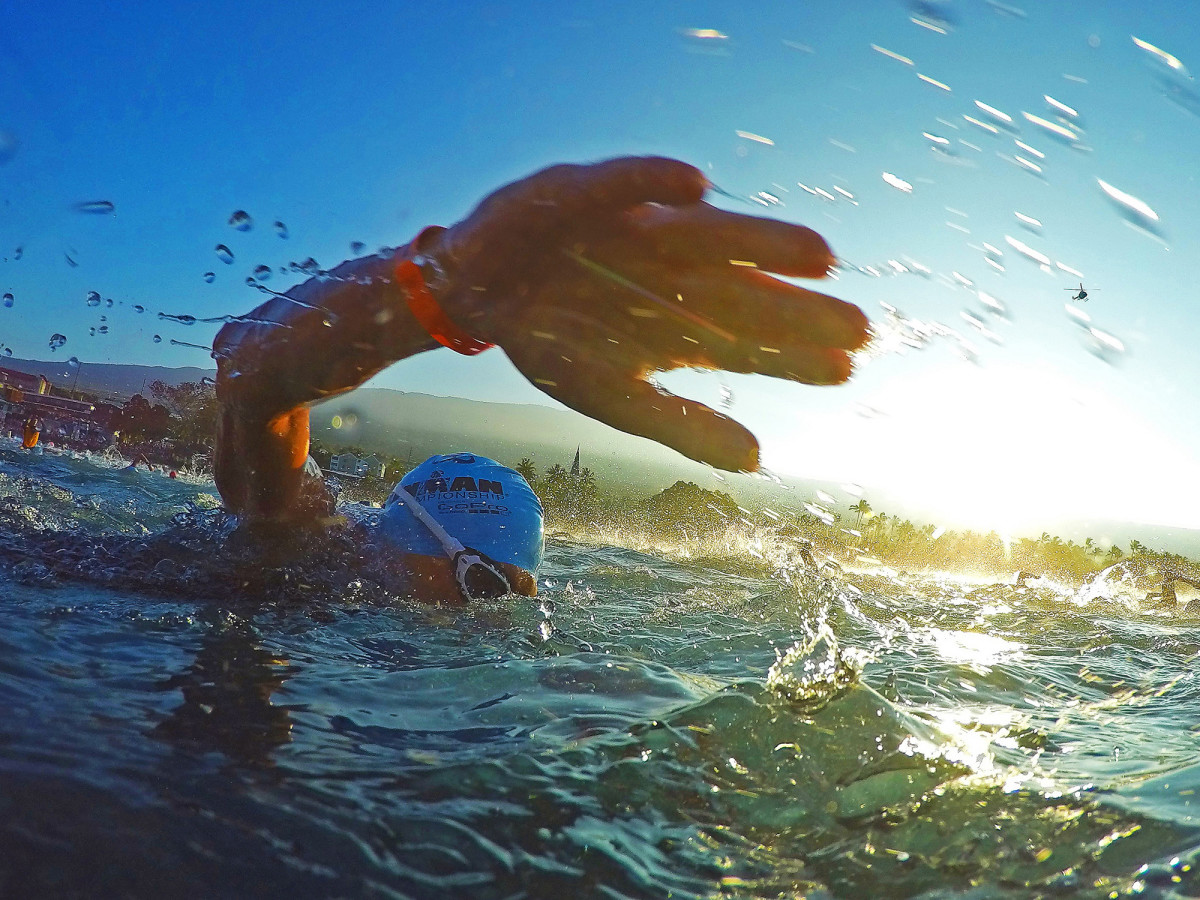
“I’m in really good shape and so far all has gone well,” says Frodeno. “Of course, you always have to play to conditions in any Ironman, but I’ll be excited to toe the line against the best our sport has to offer and race aggressive from the gun.”
But Frodeno also knows that from his performance last year, this race also can be a virtual game of casino luck.
“Hawaii is always a little bit of poker, because you never feel good in the days leading up,” says Frodeno, who last year ousted the threat of 2014 world champion and countryman Sebastian Kienle. “The heat and humidity make it a bit of a guessing game as to how good you can actually be, and how good the others are coping. [Last year,] waiting for the group to ride up after the swim and conserving some energy for a hot marathon was part of the plan, and I’m glad that in the end it paid off.”
As for Ryf, who competed in Kona for the first time in 2014, last year’s victory was pure sweetness. After only losing to three-time world champion Australia’s Mirinda Carfrae with less than four miles remaining in the marathon in ‘14, Ryf snagged the ‘15 title after Carfrae was forced to withdraw during the bike segment due to a back injury.
Defending Ironman world champs Frodeno, Ryf talk training, mental health, meals
“Ironman racing is always challenging,” Ryf states. “In Ironman, there are three limits, in my opinion—the energy limit, the muscle limit and the heart/lung [fitness] limit. You have to balance all three to be the best possible in the race.”
And Ryf will be back. But so will Carfrae.
“I know the perfect race is still out there for me,” Carfrae says. “I executed a great race in 2013 with a new course record. In 2014, I dug deep and cleared a 14-minute deficit with a new marathon course record. Both of those races were different and I walked away with an amazing sense of confidence, and the belief in never giving up.”
Another contender is the U.S.’s Heather Jackson, who last year made her world championship pro debut and became the first stateswoman to cross the finish.
“I was so stoked with last year's performance,” Jackson explains. “I think it gave me a great baseline of what works in regards to executing the course in Kona. I will do exactly what I did last year out there, but just hopefully a bit faster and stronger. I've really worked on my swim this year, after getting out so far back last year.”
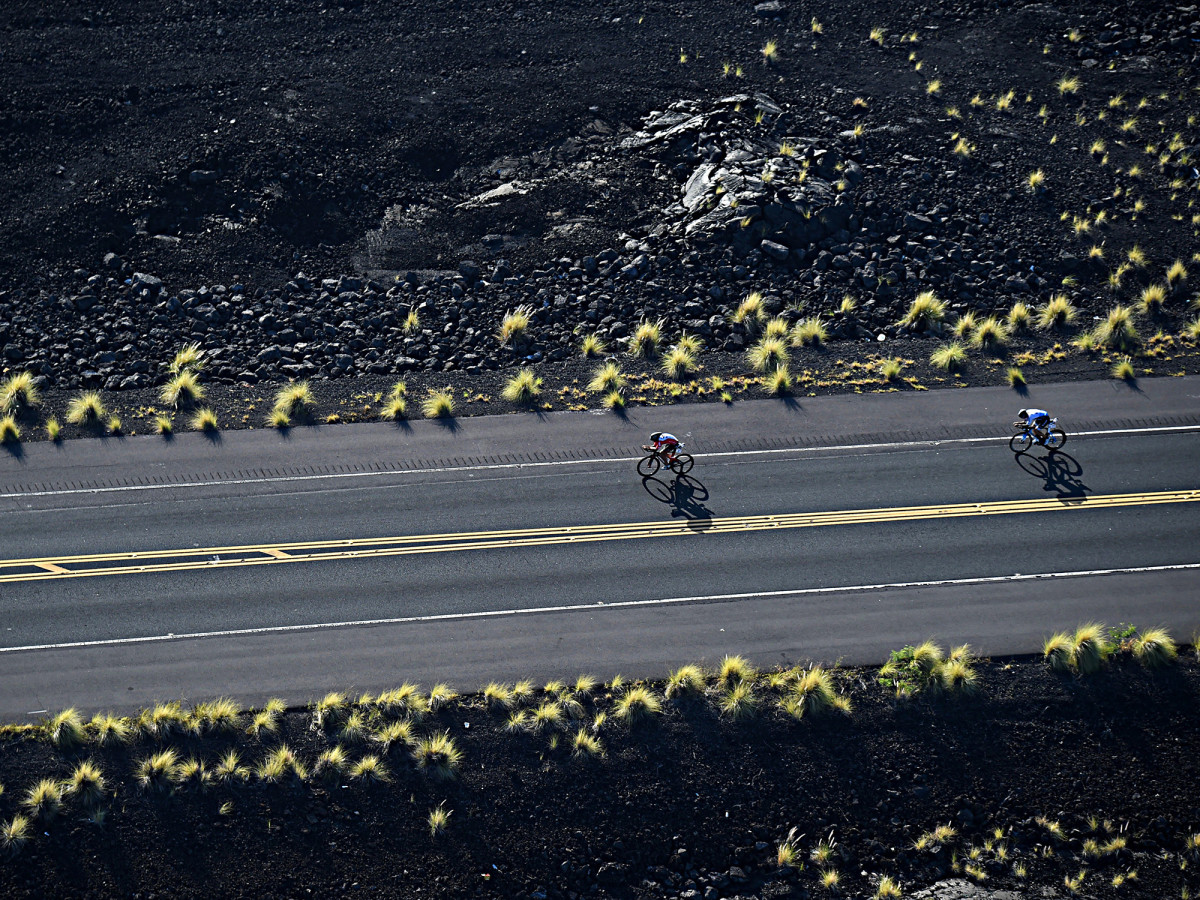
The Ironman World Championship was inaugurated Feb. 18, 1978, after combining Hawaii’s three toughest endurance races—the 2.4-mile Waikiki Roughwater Swim, 112-mile Around-O’ahu Bike Race and 26.2-mile Honolulu Marathon—and has grown from a competitor field of 15.
This year, approximately 260,000 professional and age group athletes attempted to qualify for the Ironman World Championship either through worldwide Ironman (full-distance) or Ironman 70.3 (half-distance) races, or by legacy or lottery. This year’s world championship field represents 64 countries and territories on six continents—the largest international athlete field in Ironman World Championship history. Geographically, it’s most represented by 804 U.S. athletes, with the largest number coming from California, 153; Colorado, 51; Hawaii, 49; New York, 46; and Florida and Texas, 45 each. Internationally, Australia boasts 230 athletes, followed by Germany, 195; Canada, 137; Great Britain, 124; and France, 119.
“[I] only have one game plan and it's no secret,” Carfrae says. “My game plan is to win. This year, I’m determined to get the best of myself in Kona.”
Highlights: 2015 Ironman World Championship in Kona
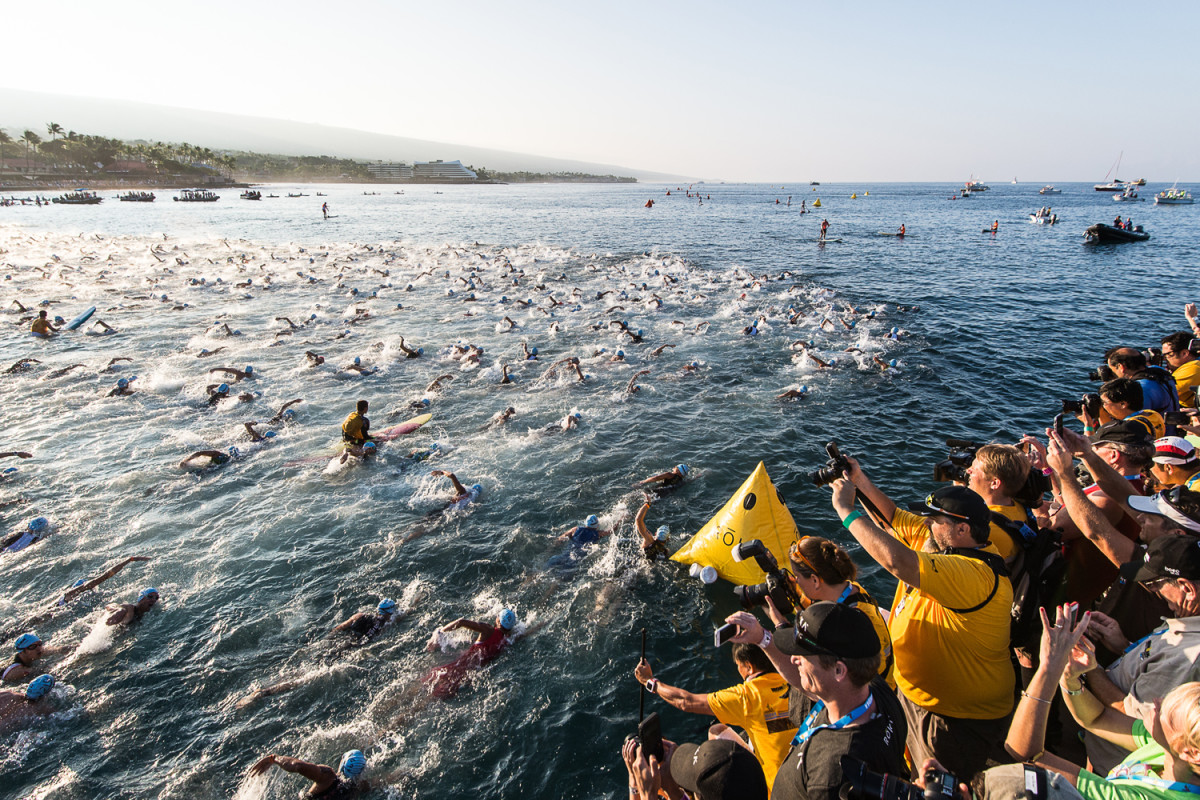
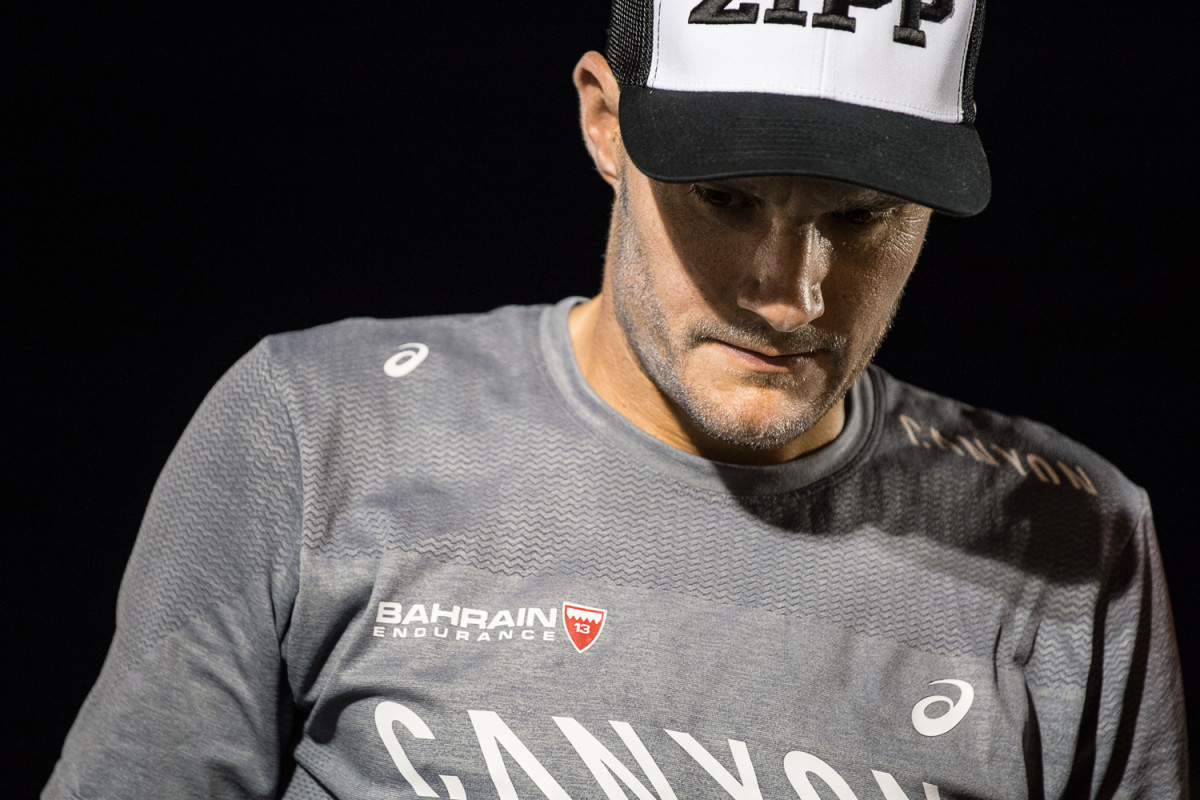
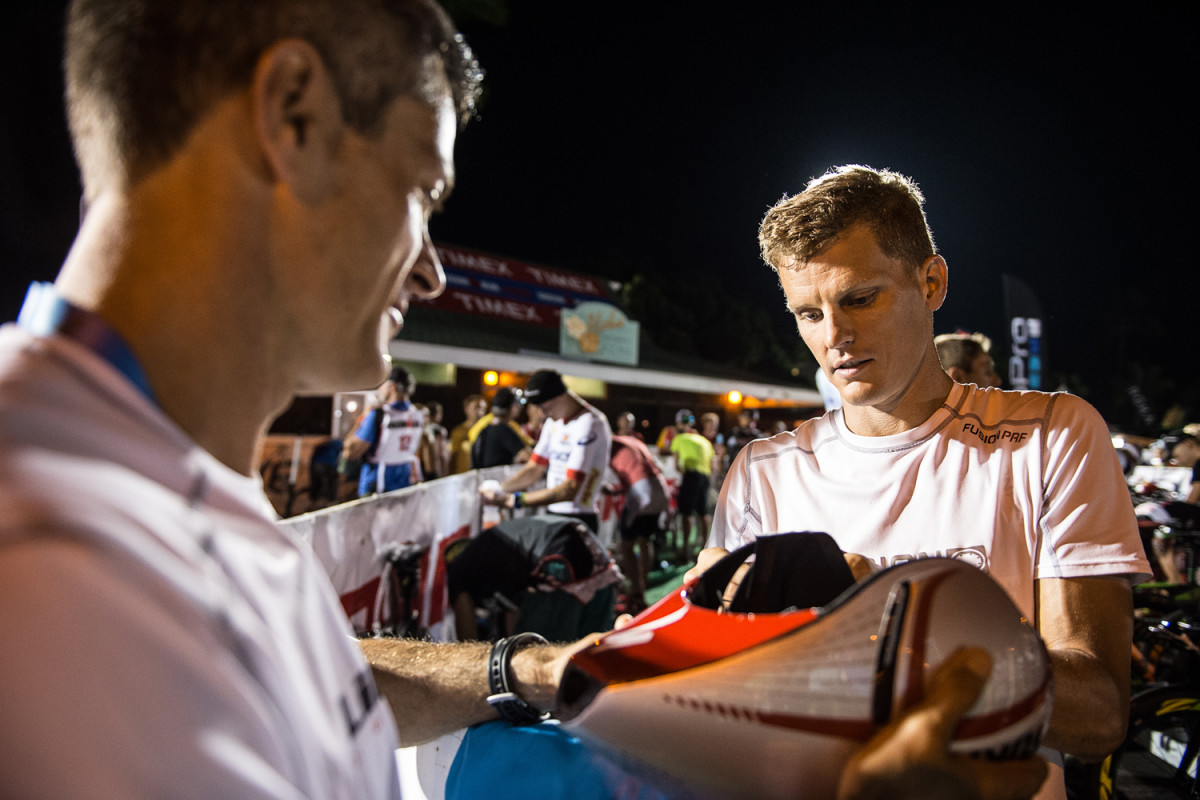
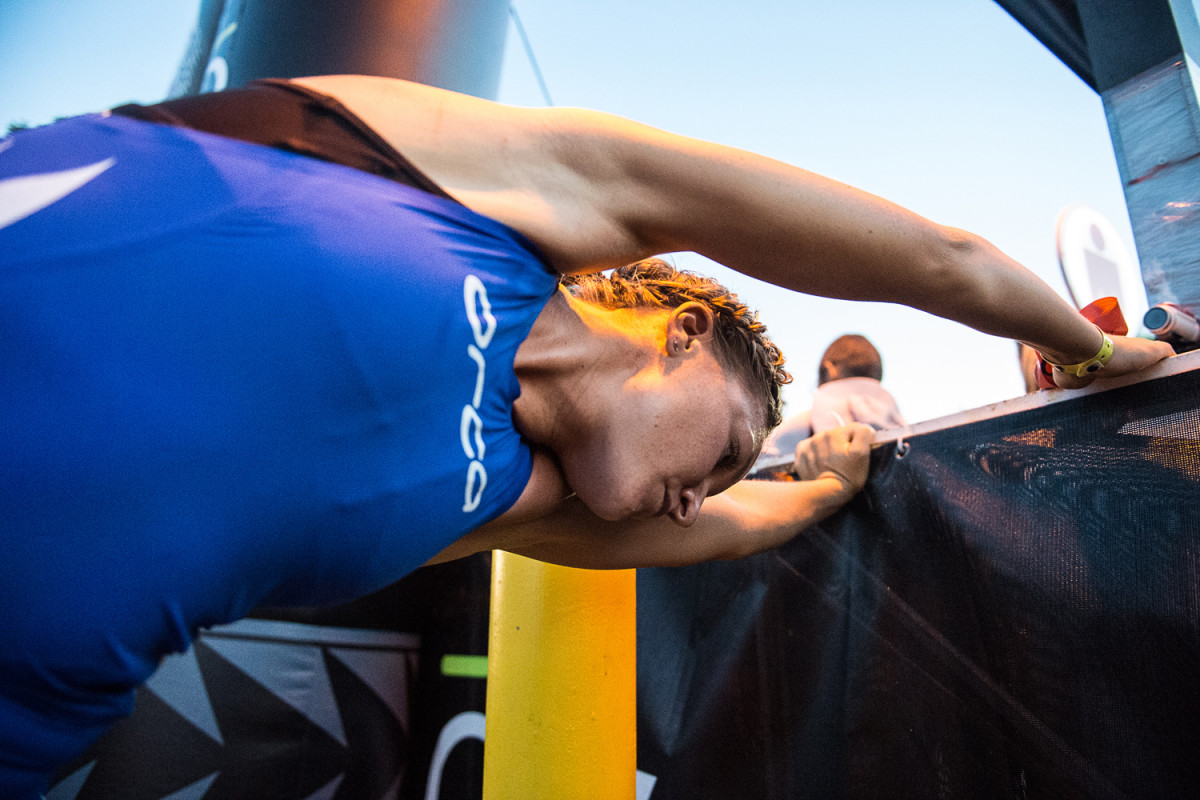
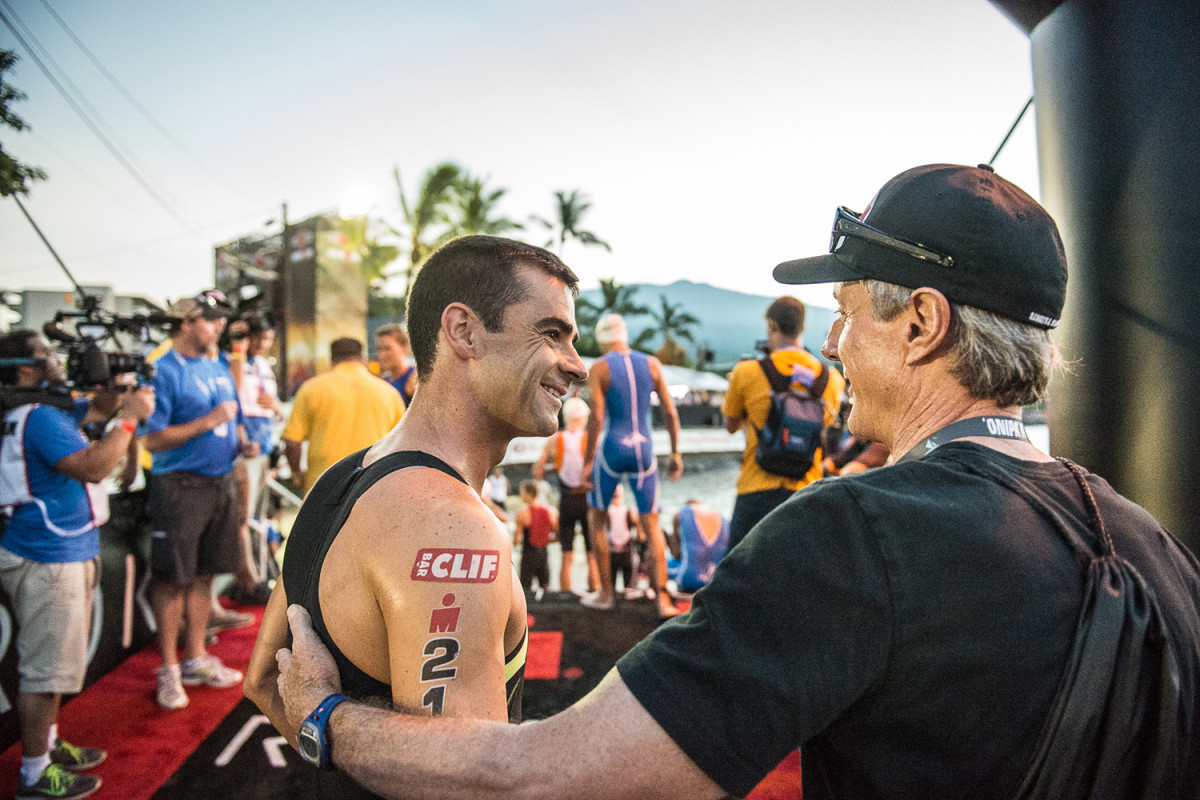
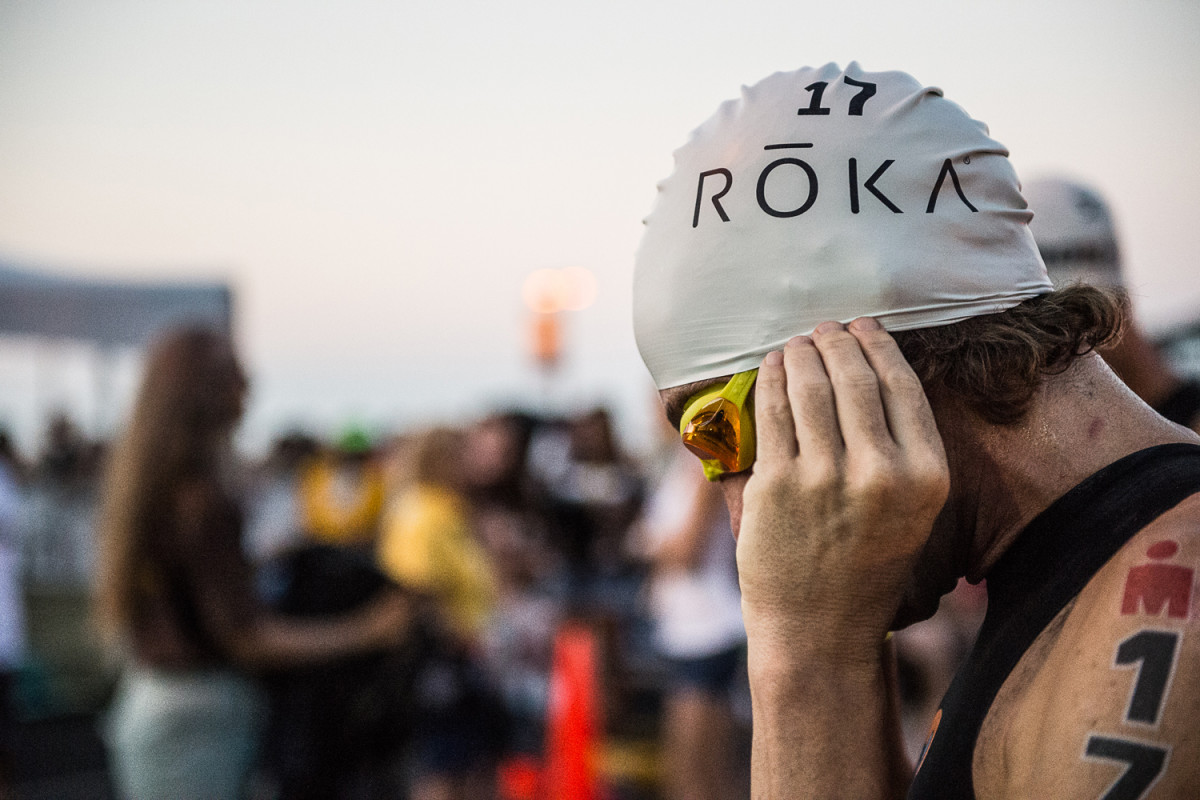
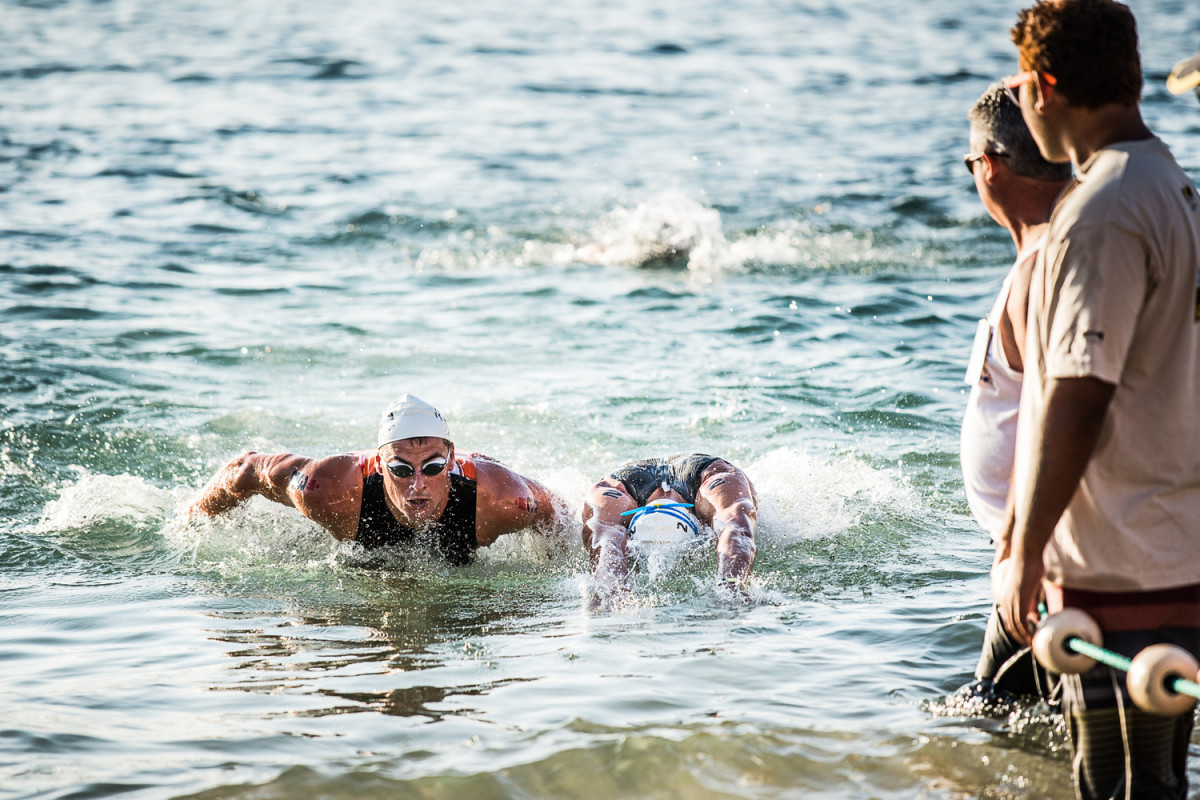
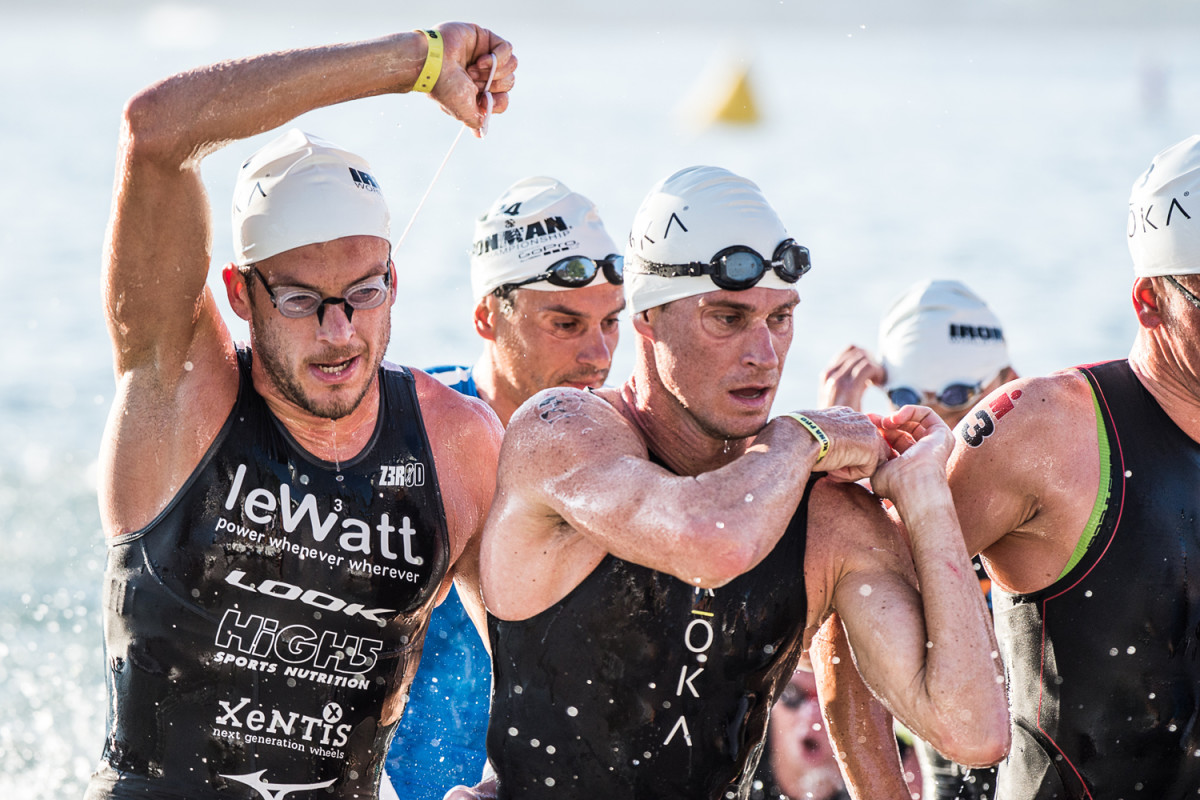
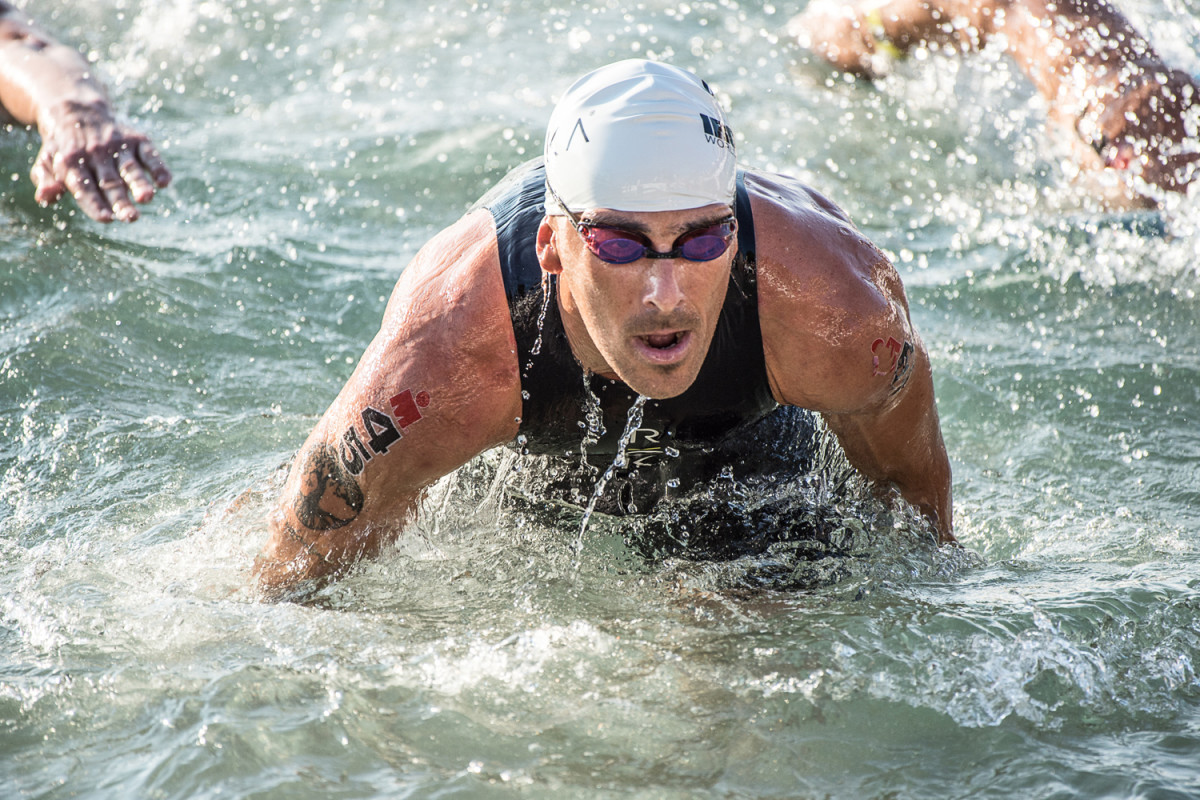
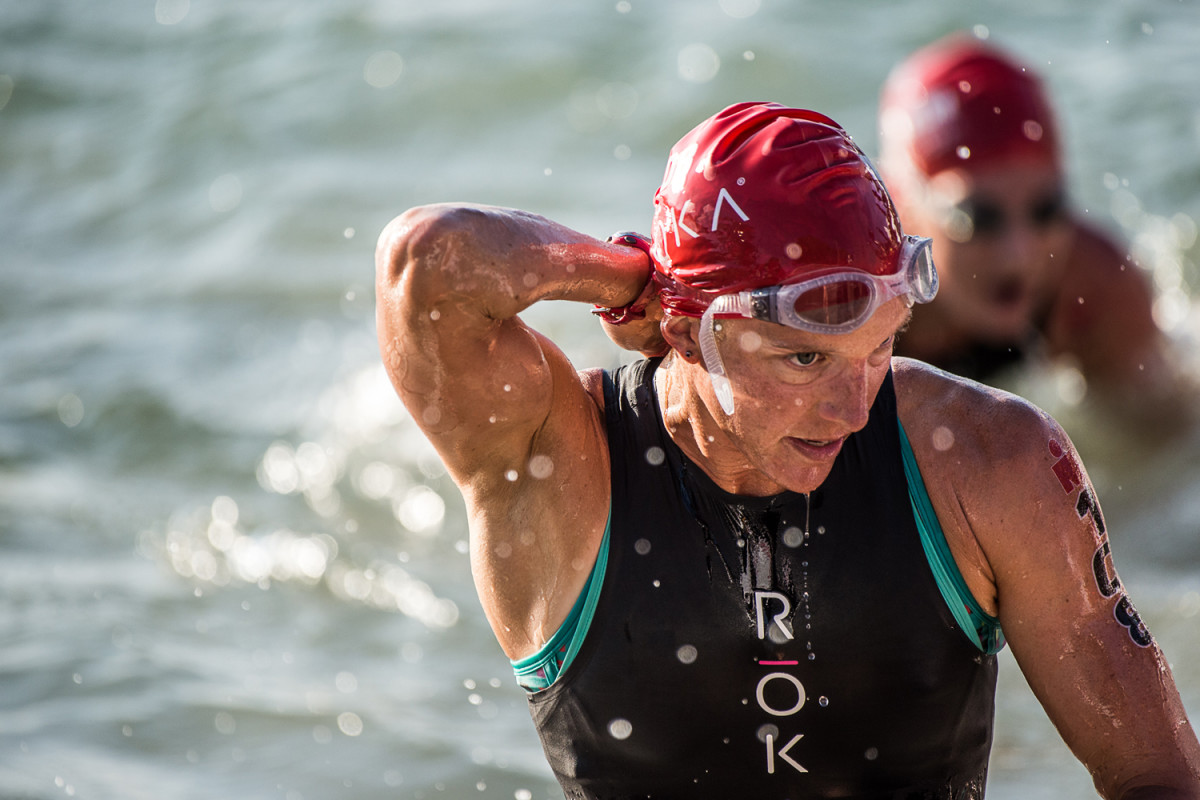
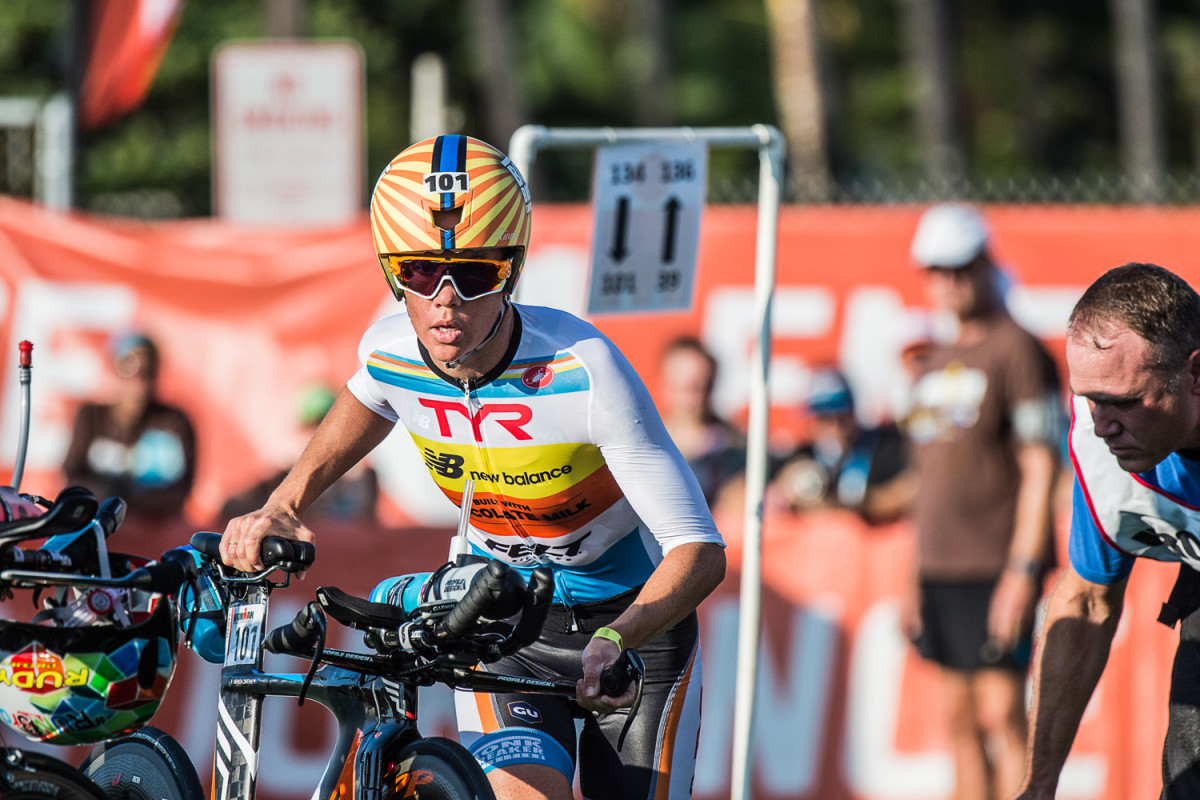
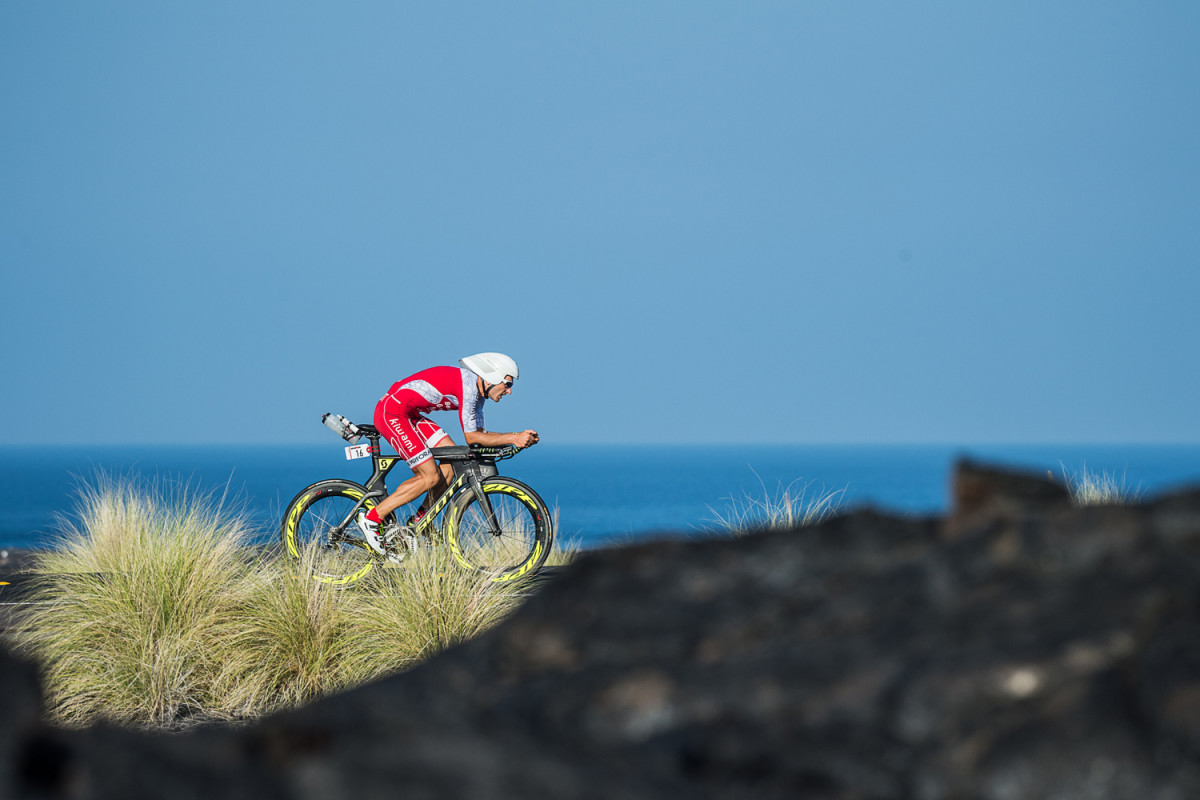
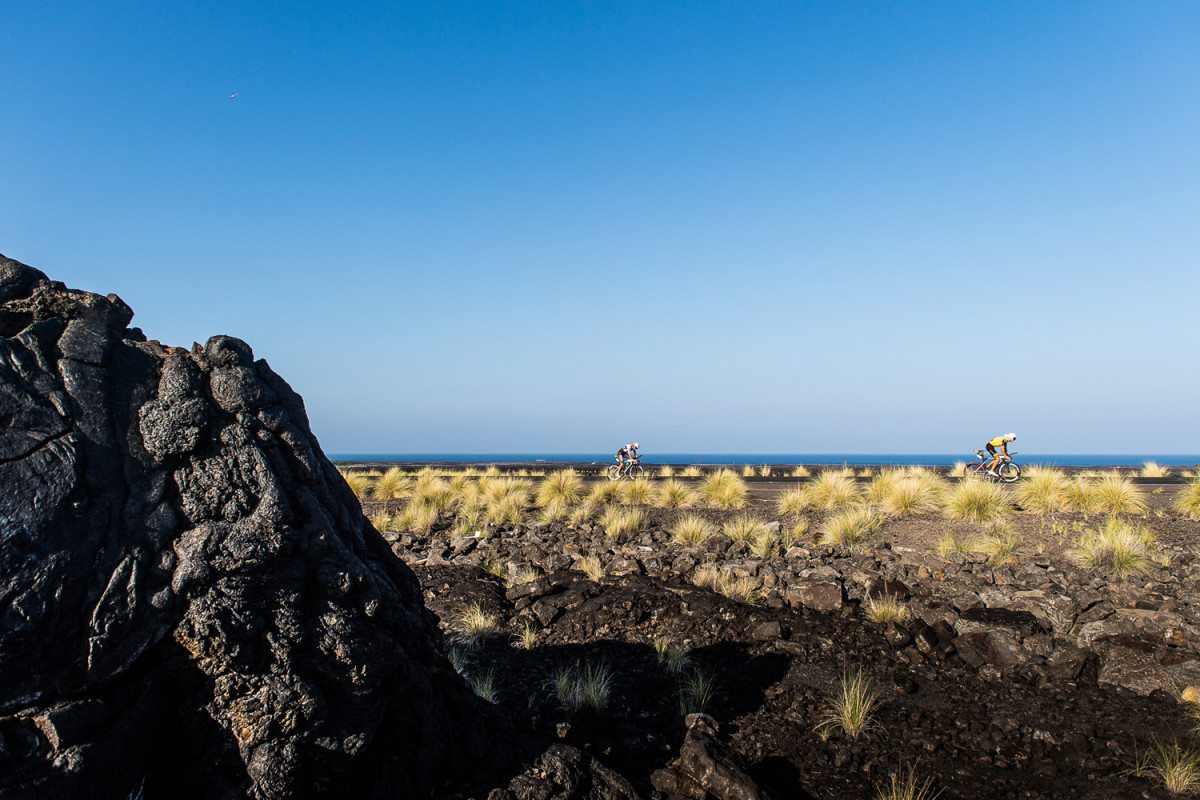
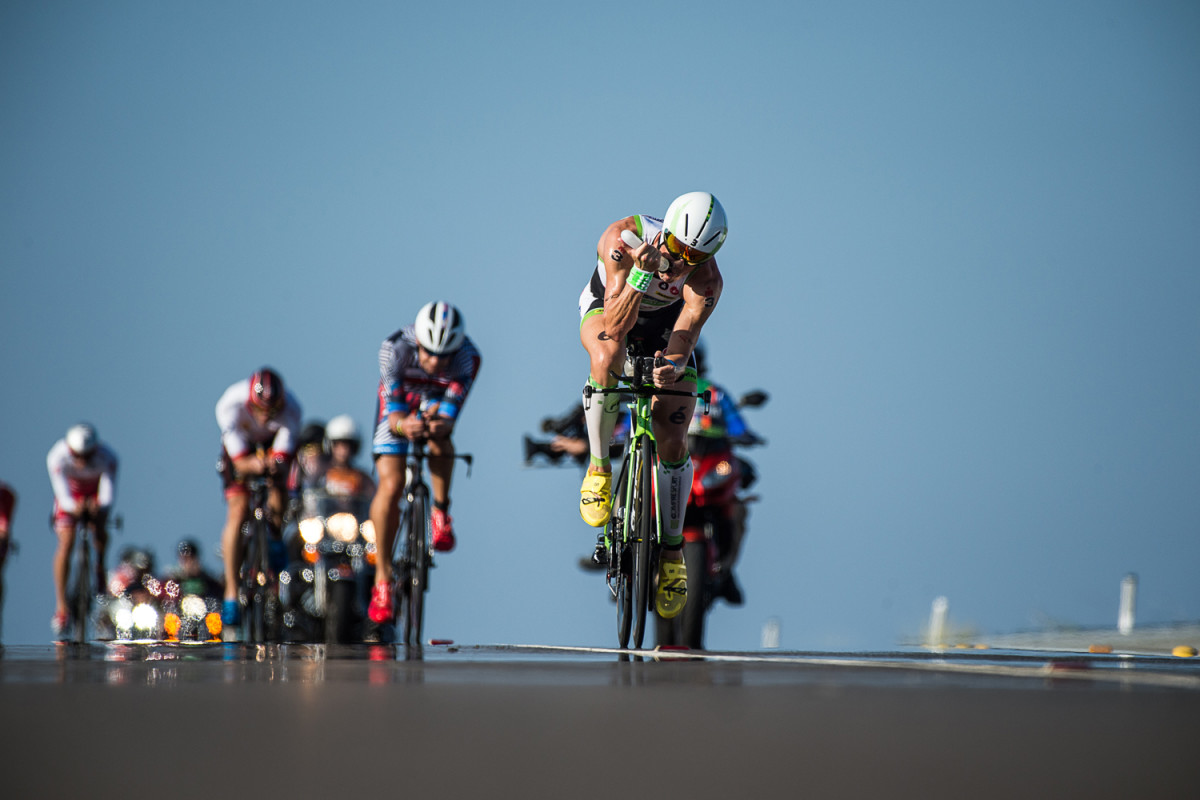
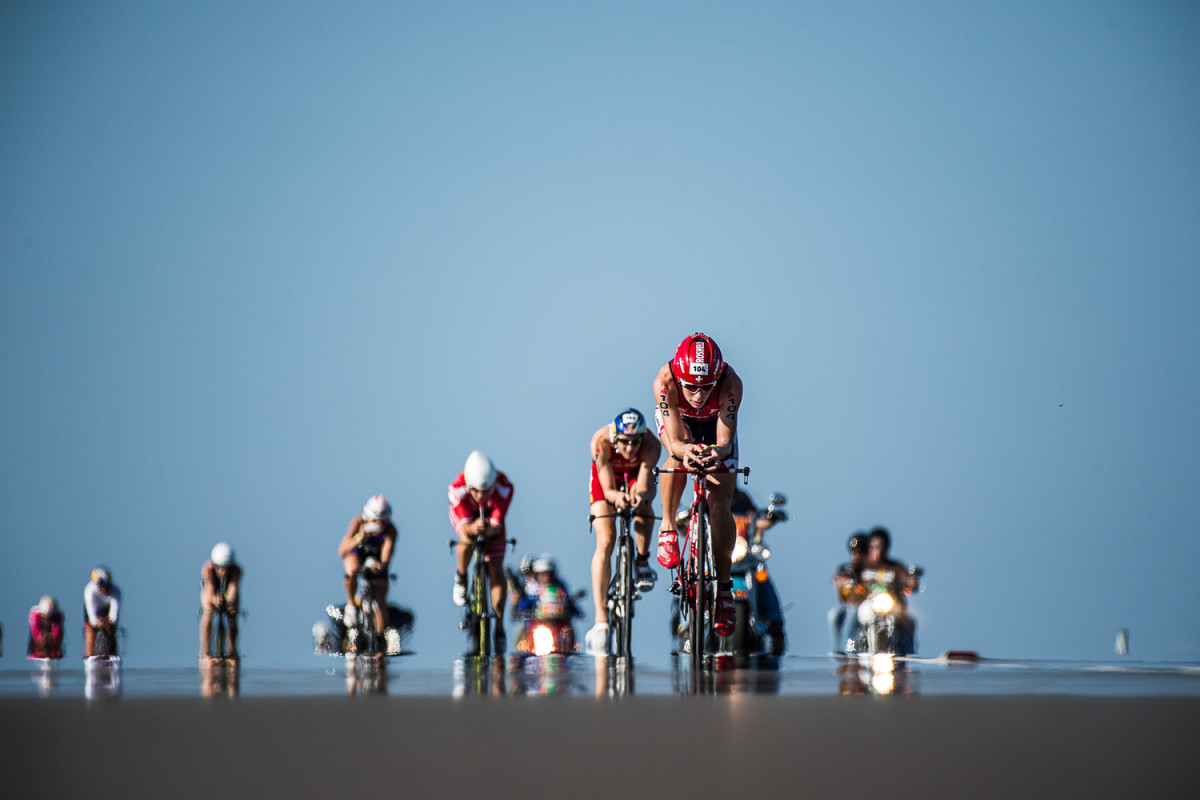
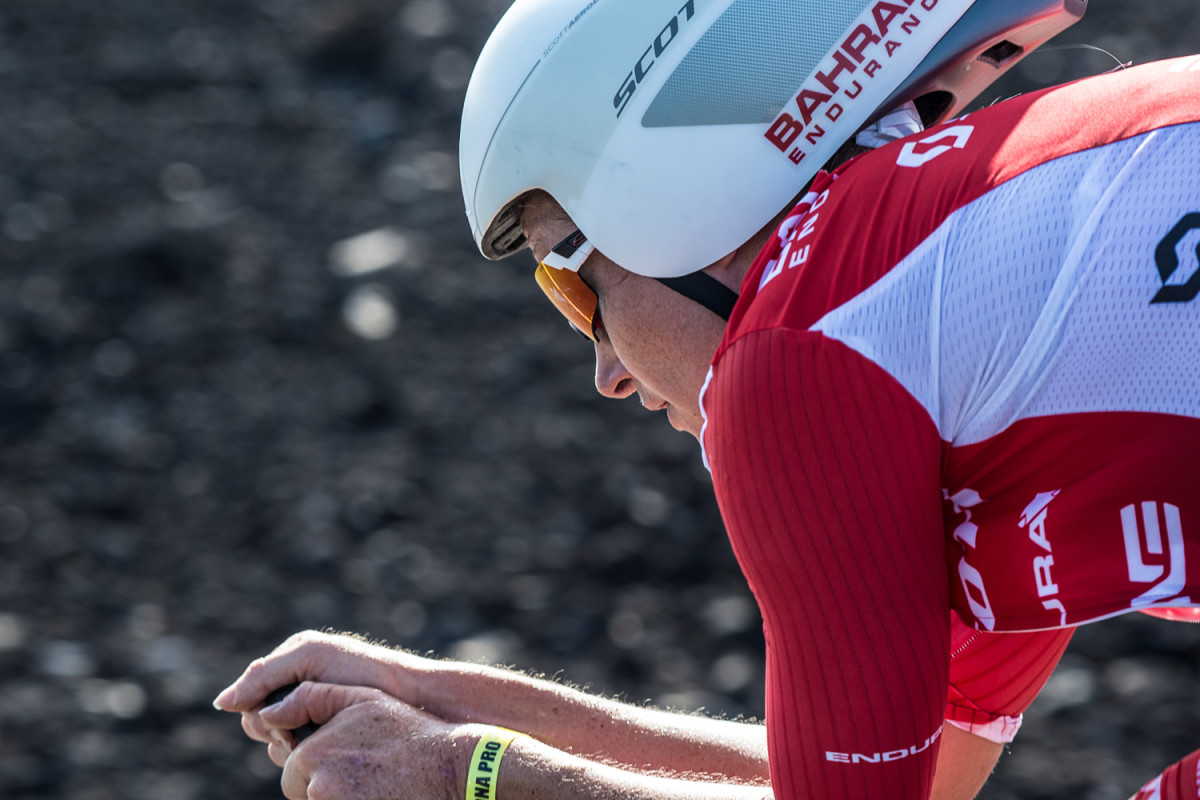
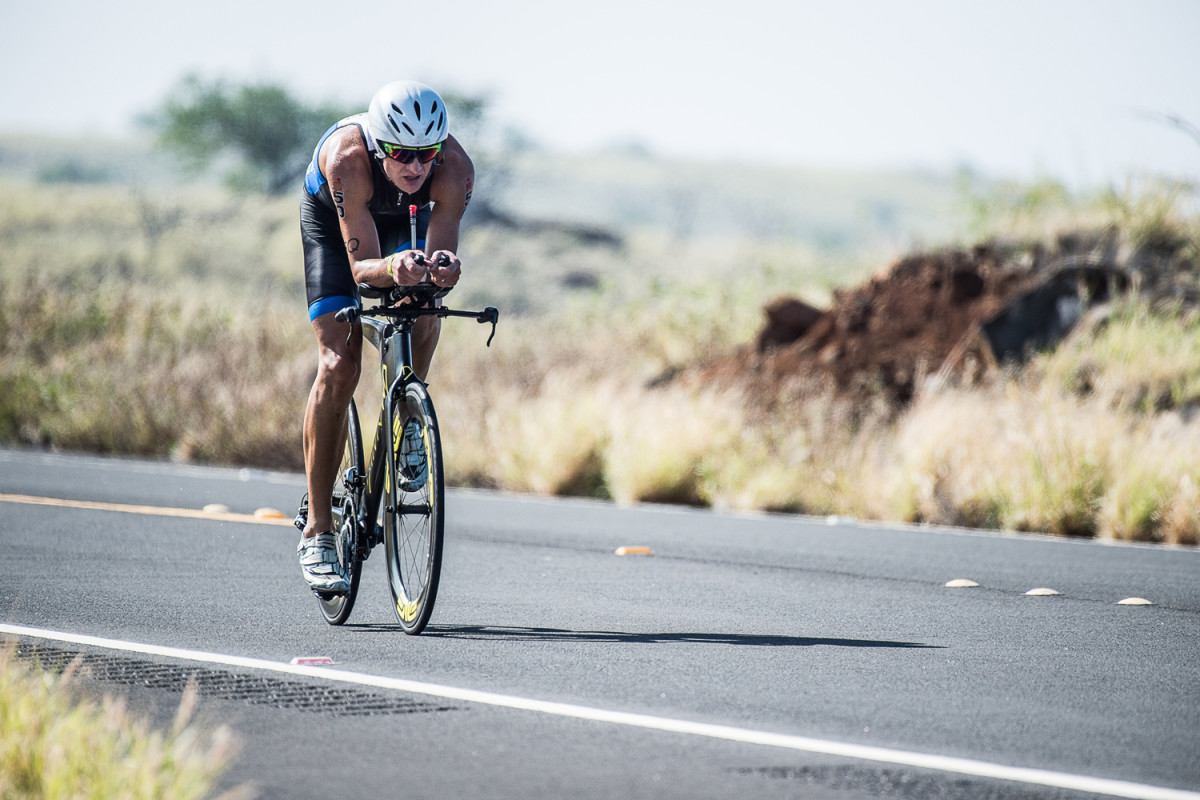
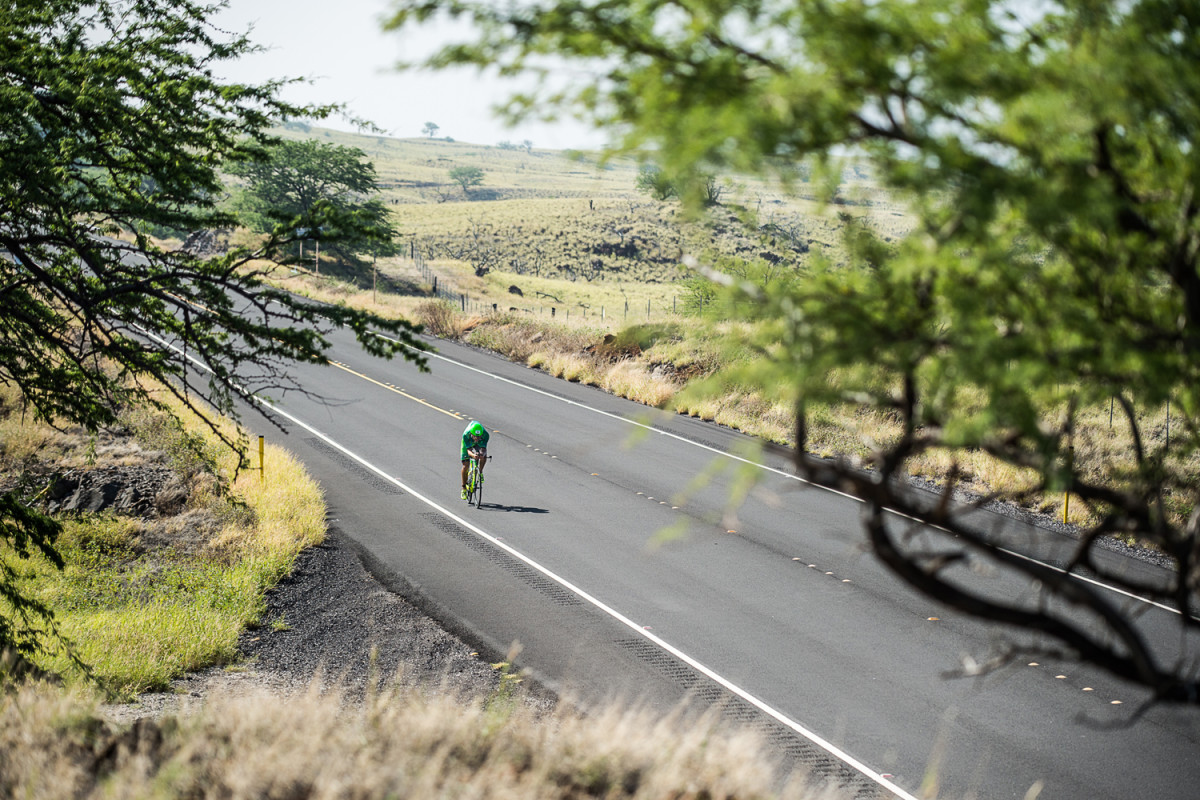
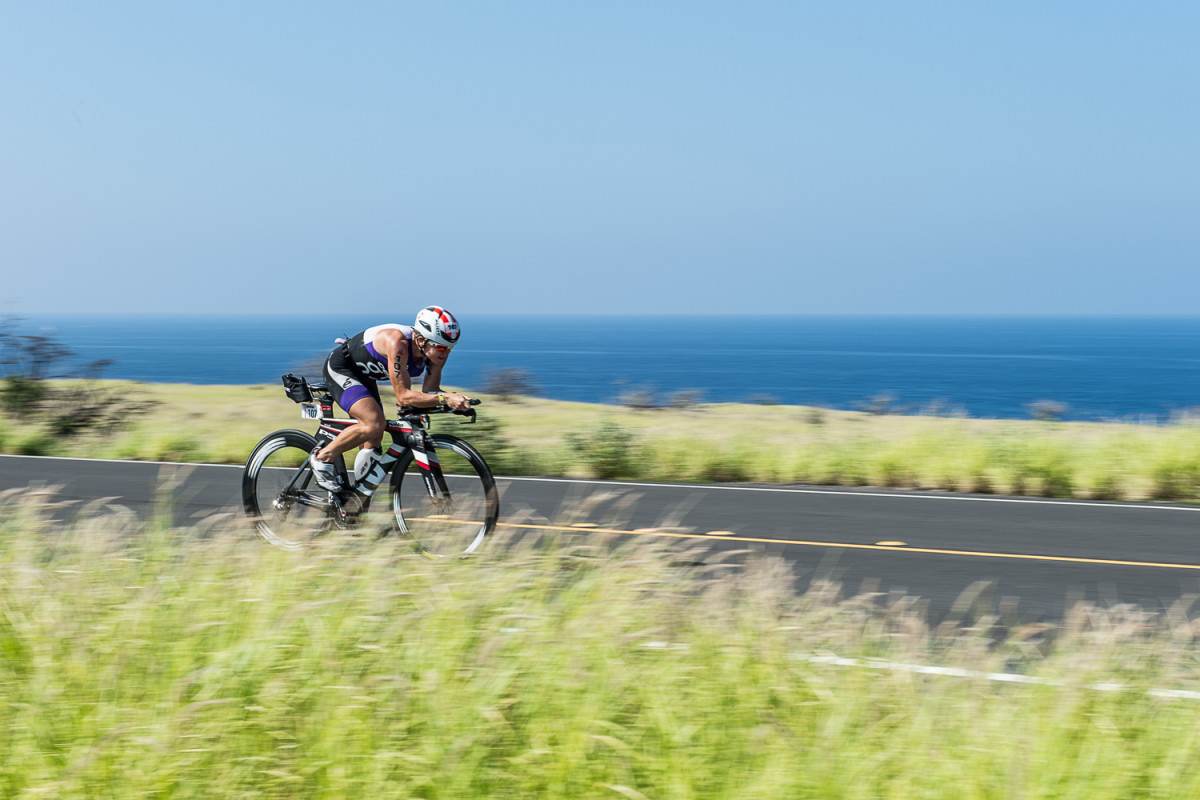
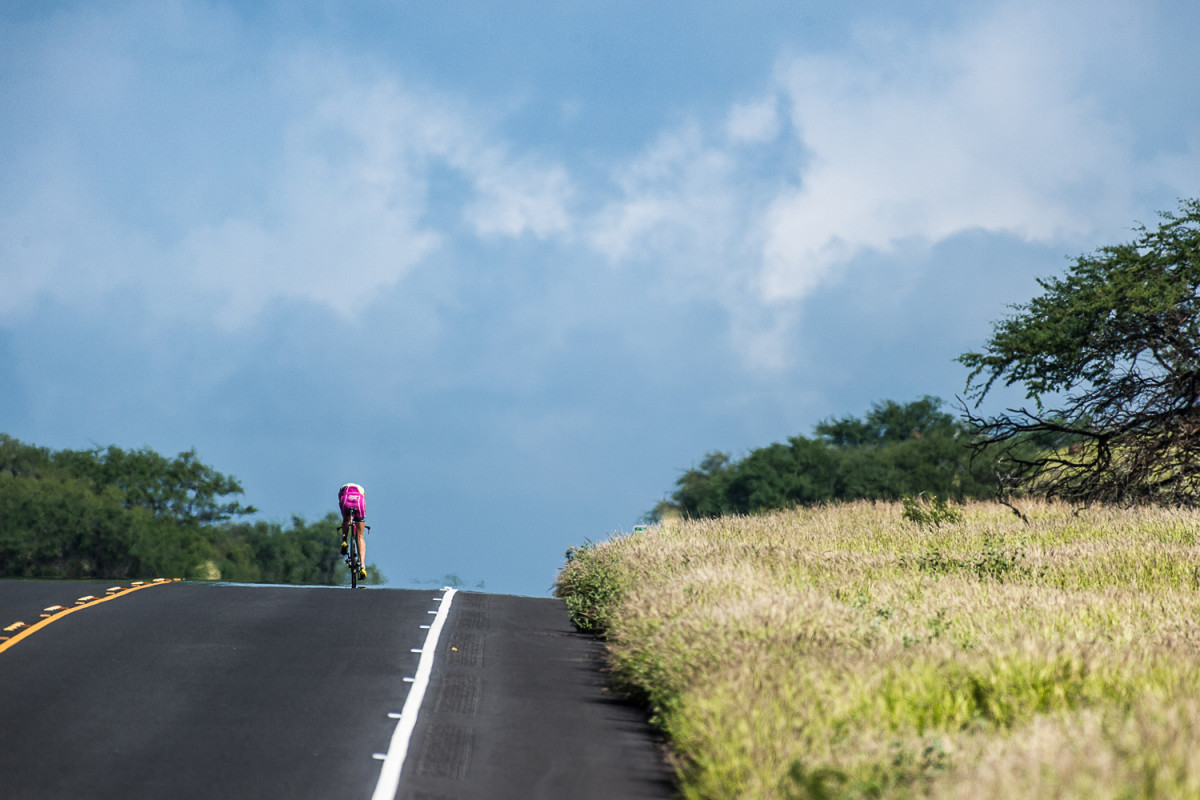
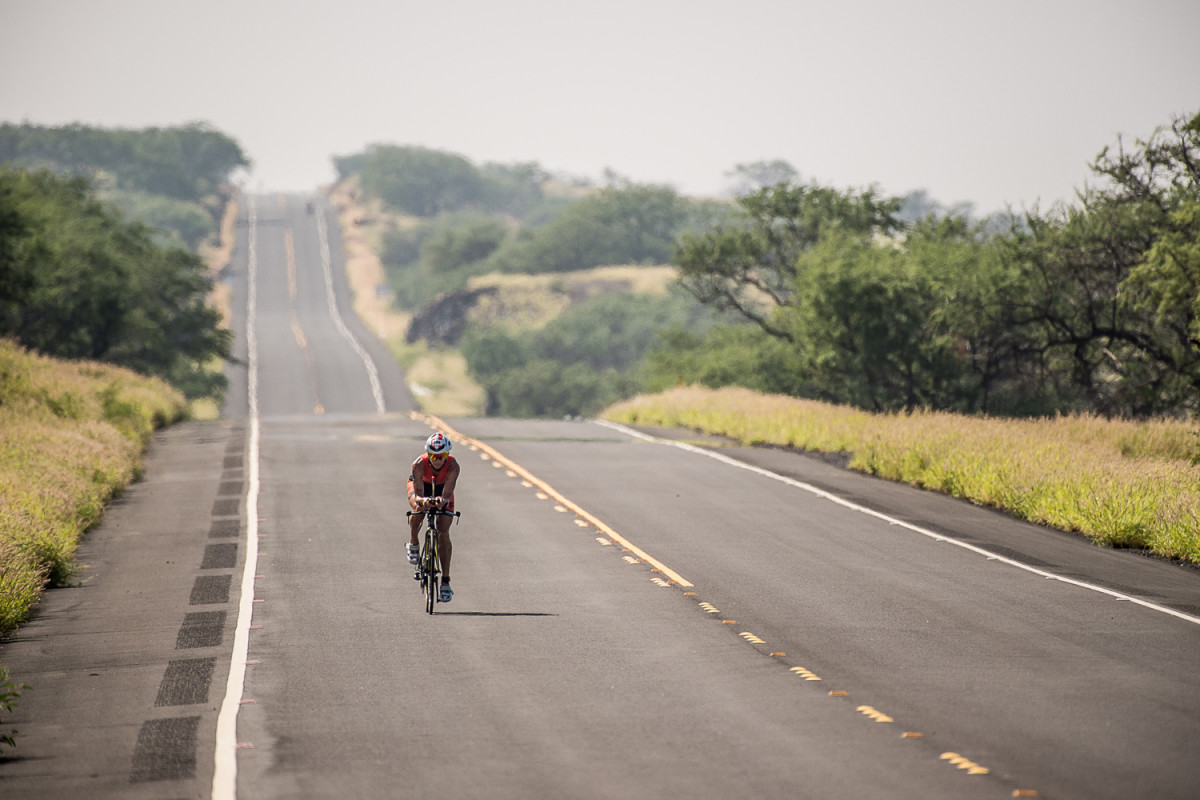
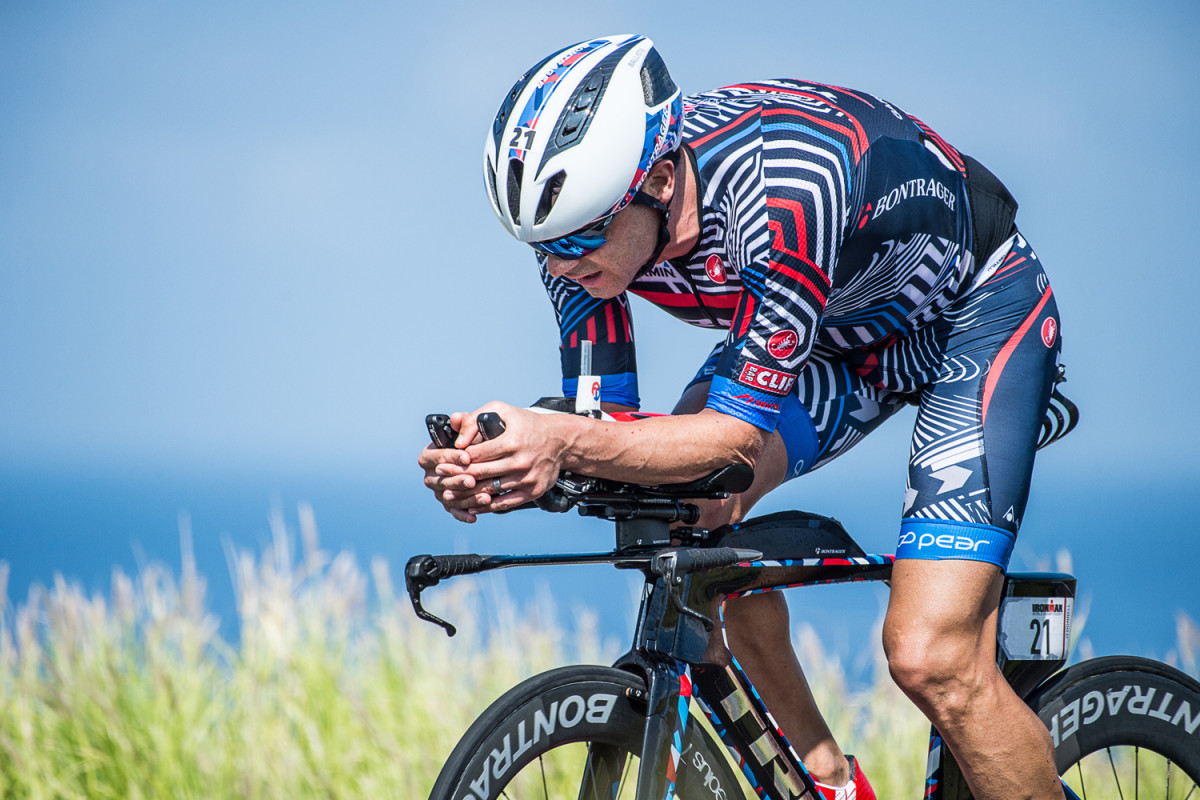
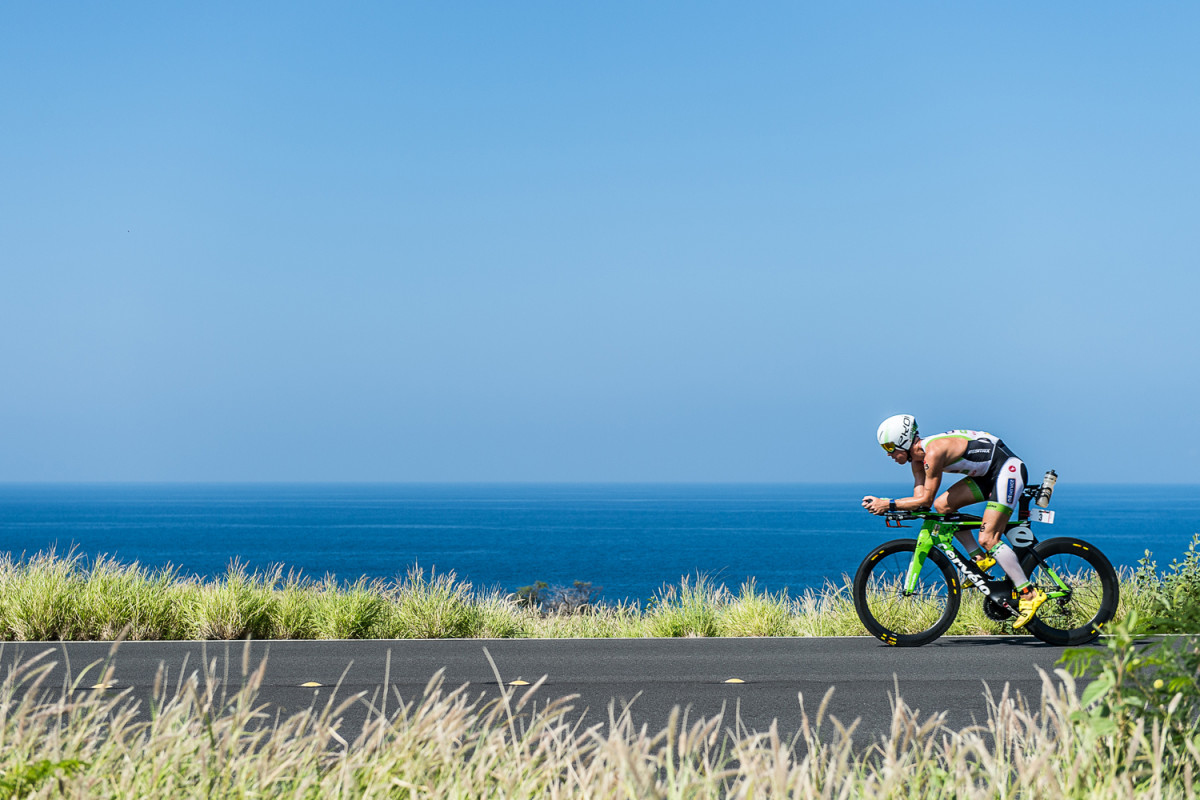
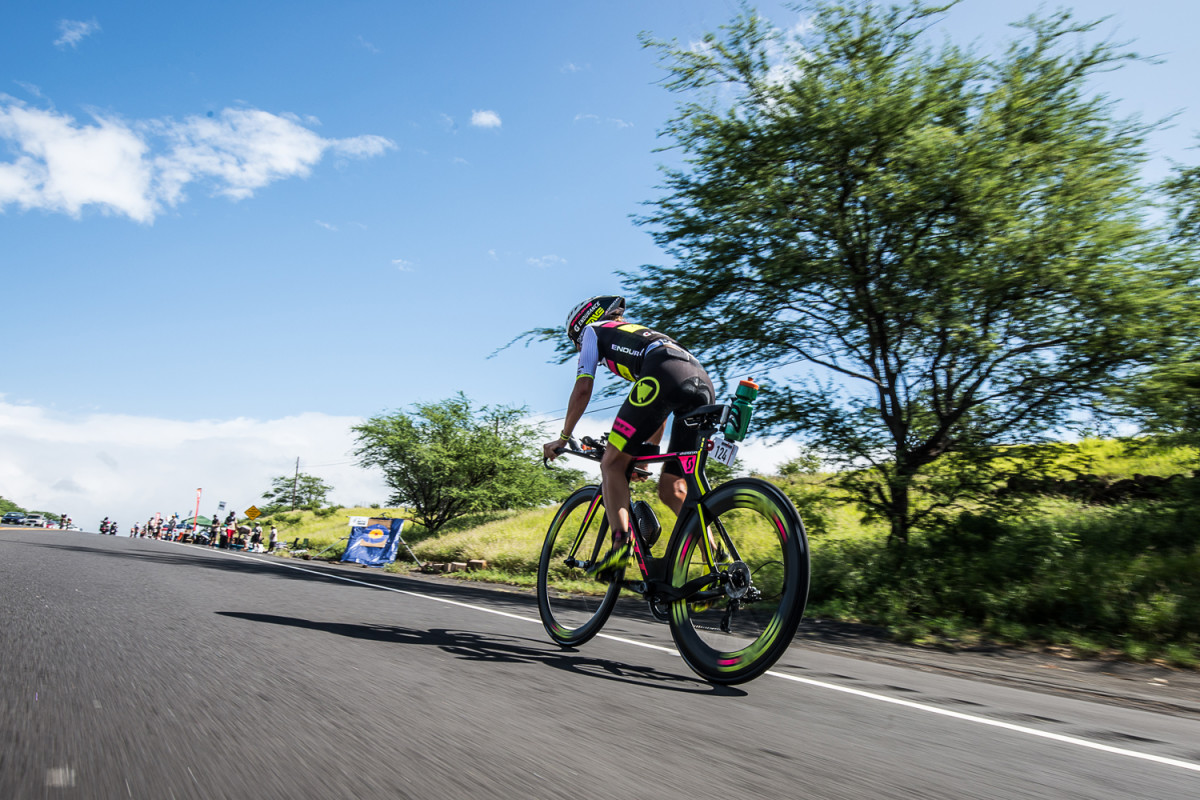
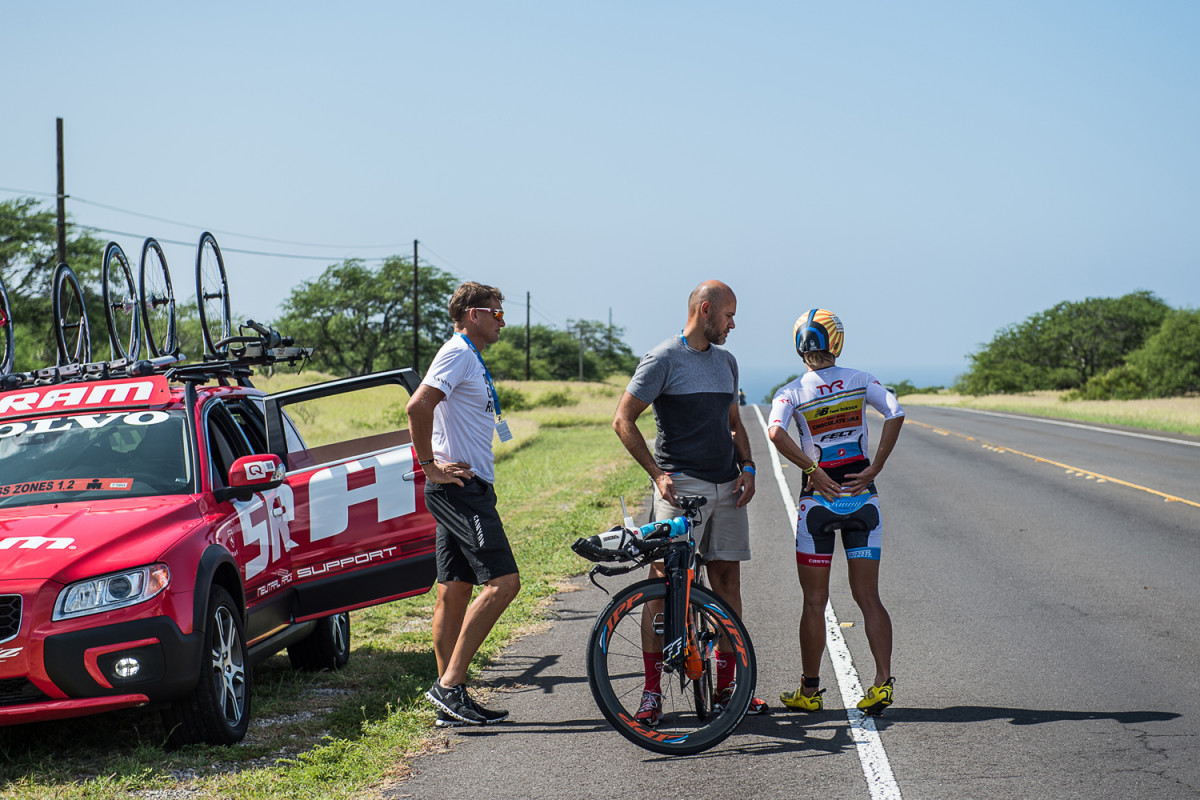
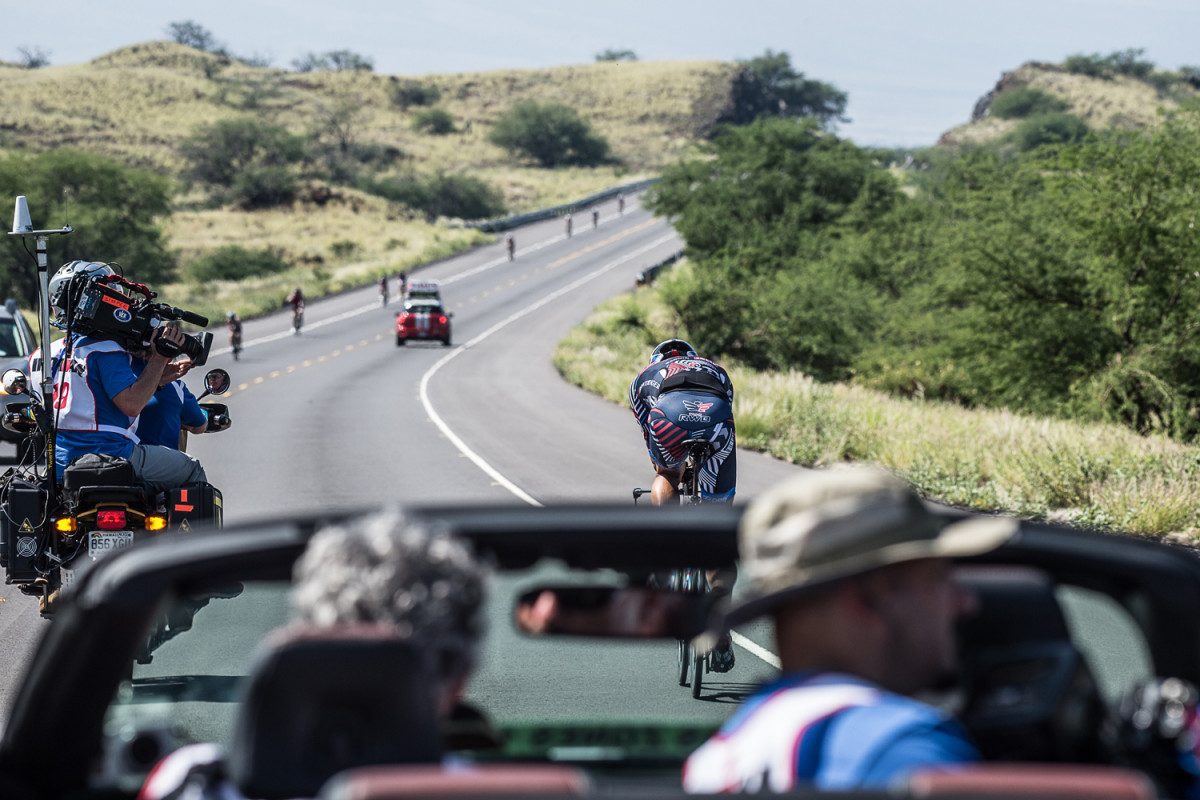
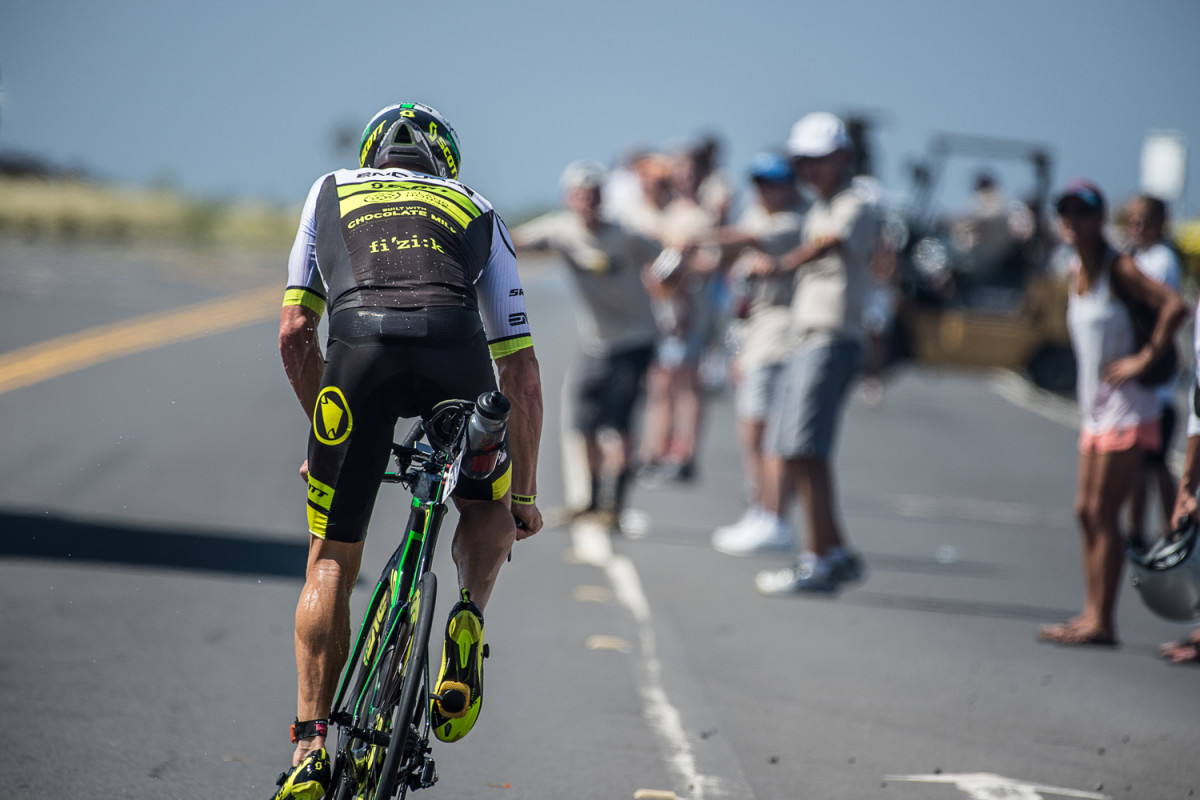
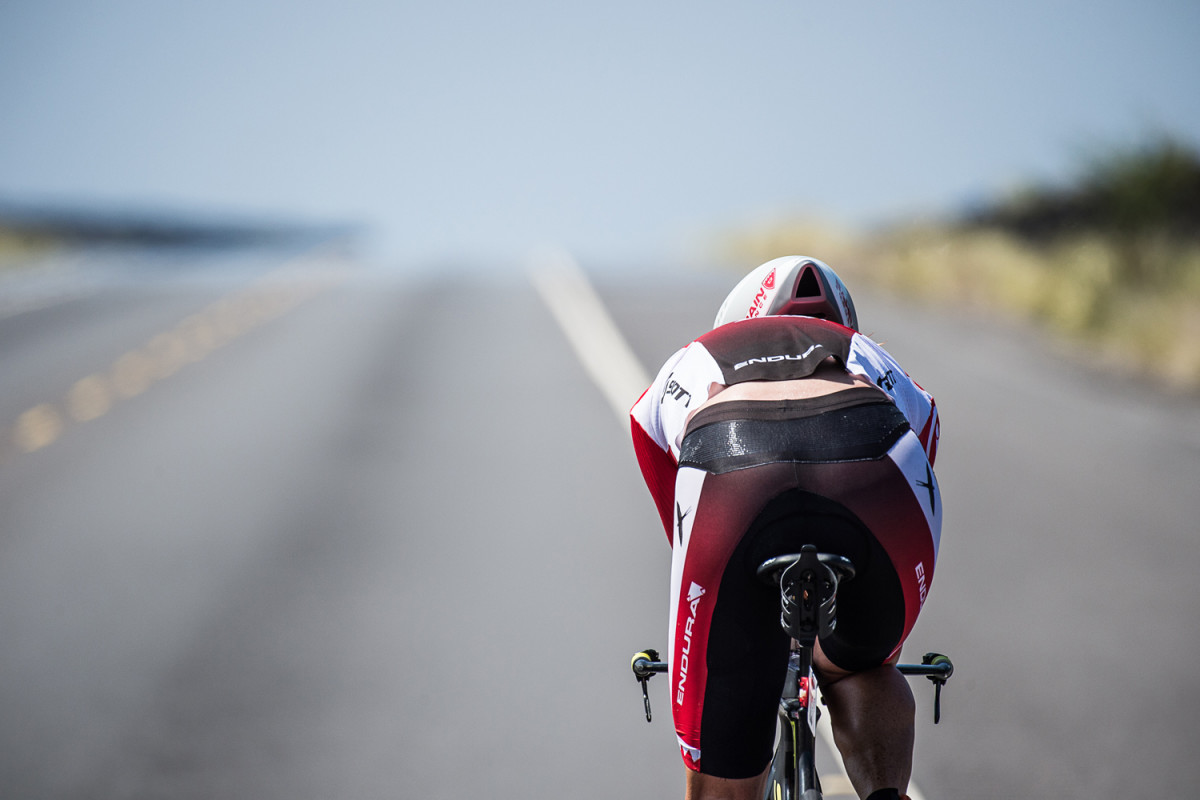
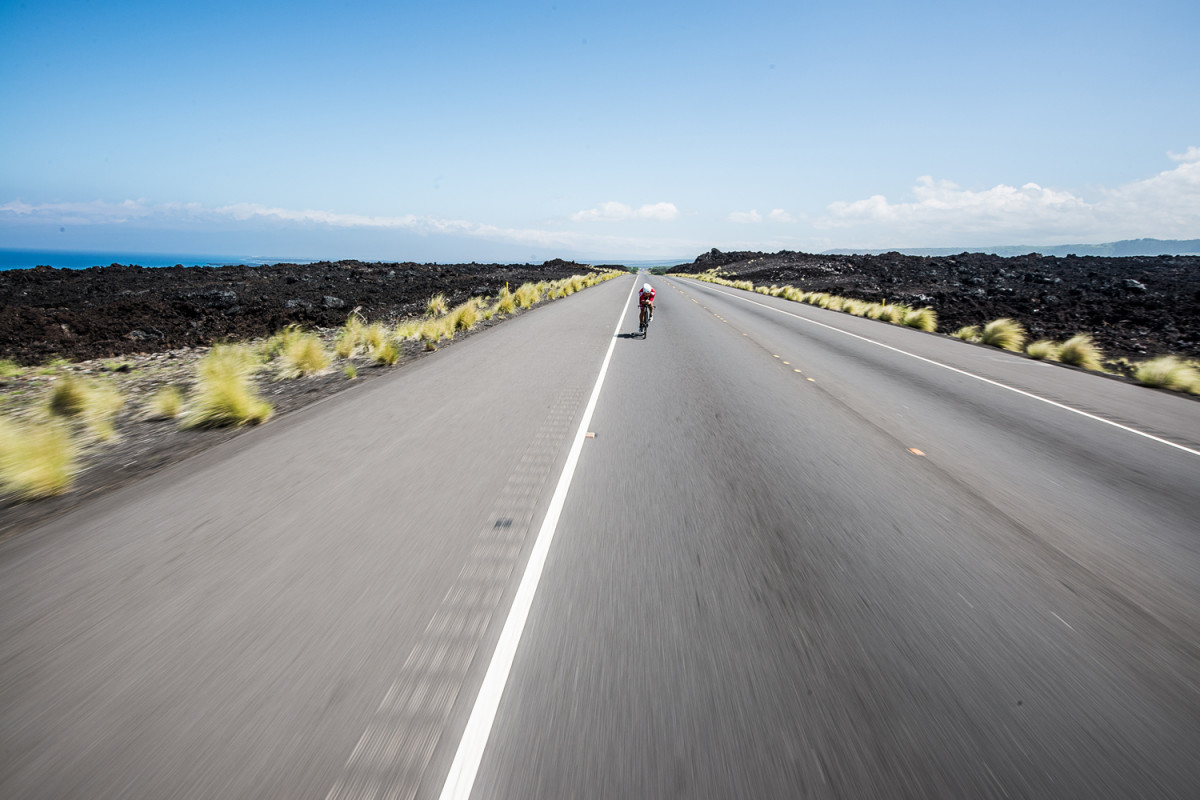
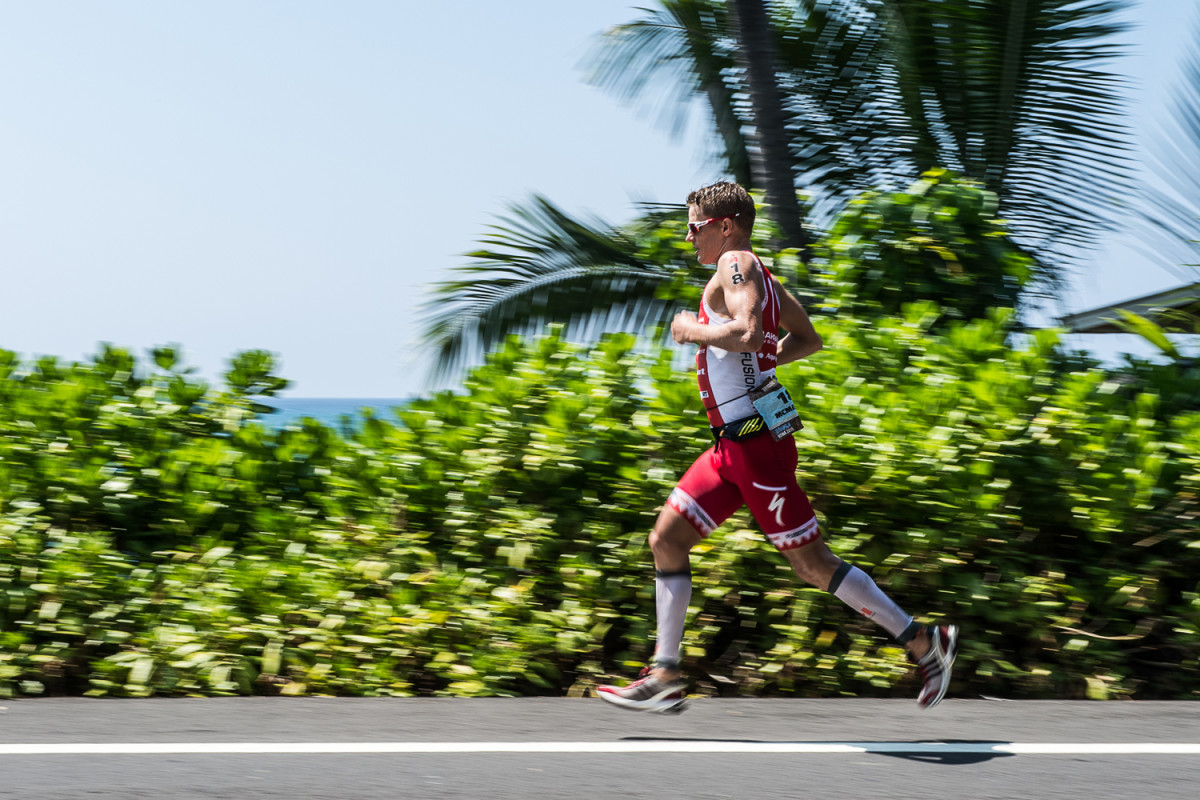
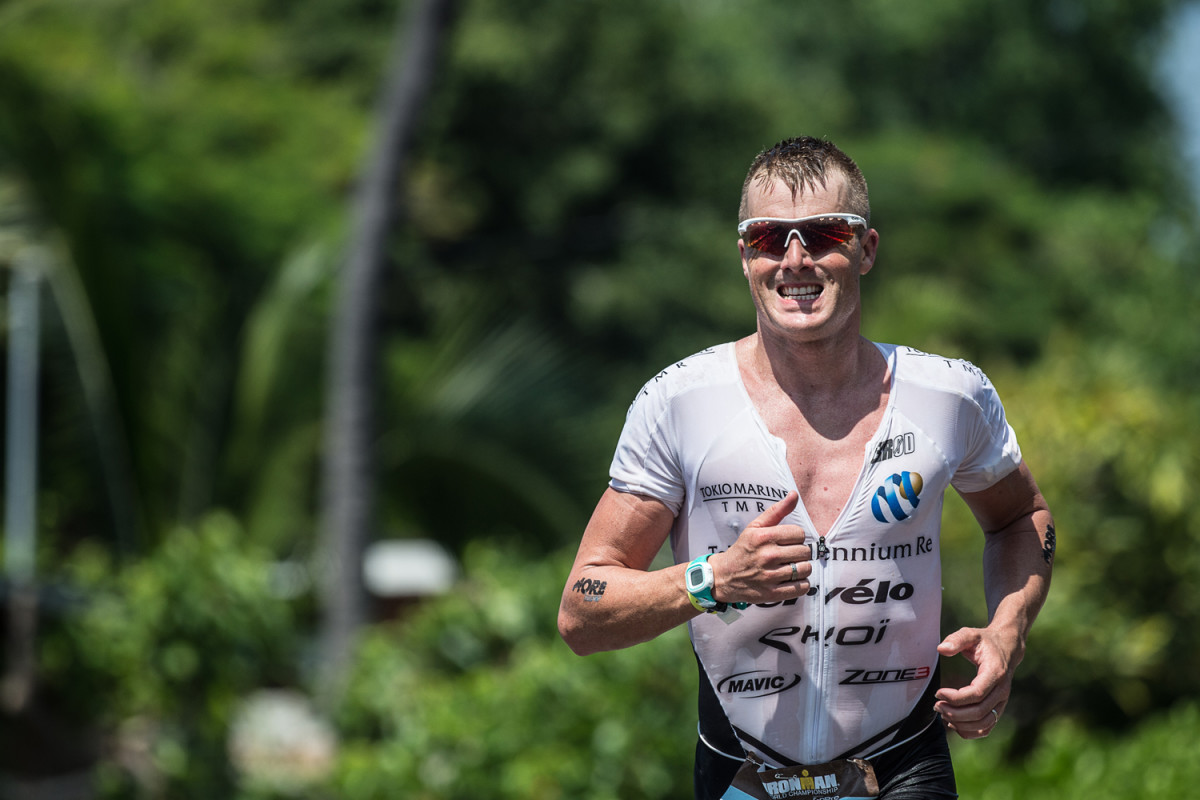
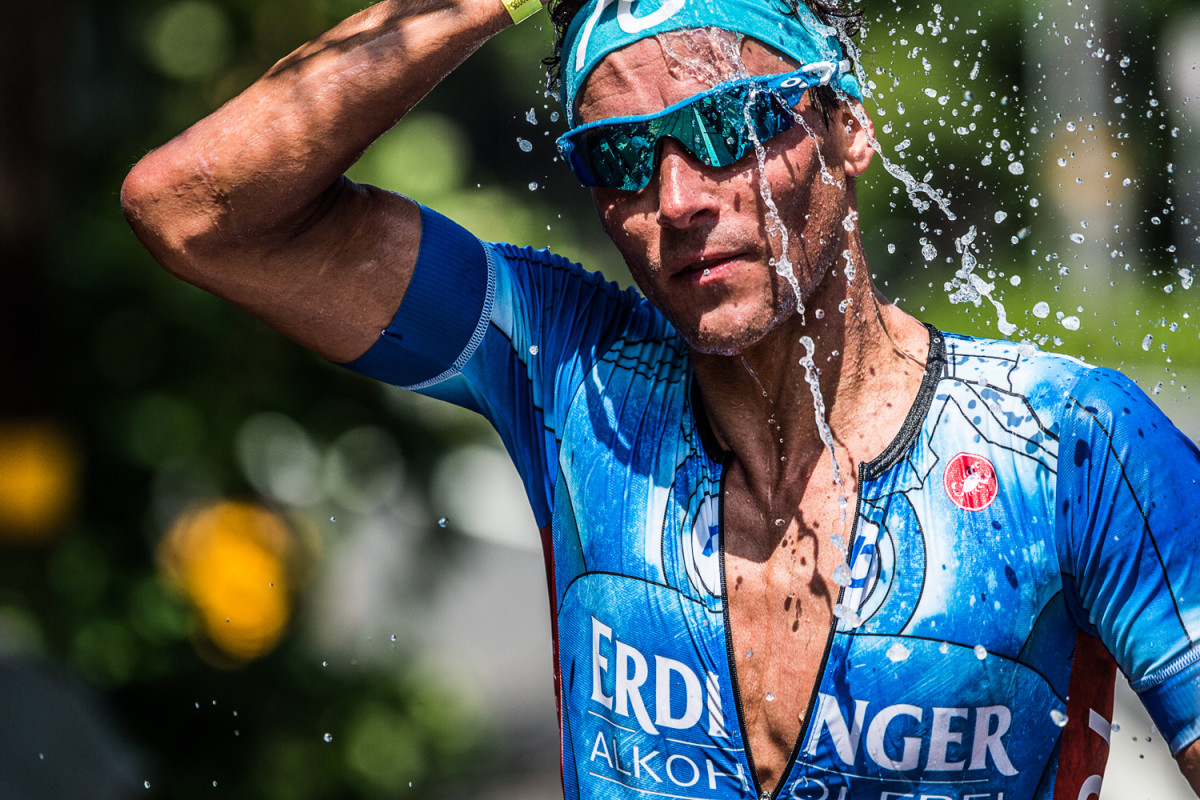
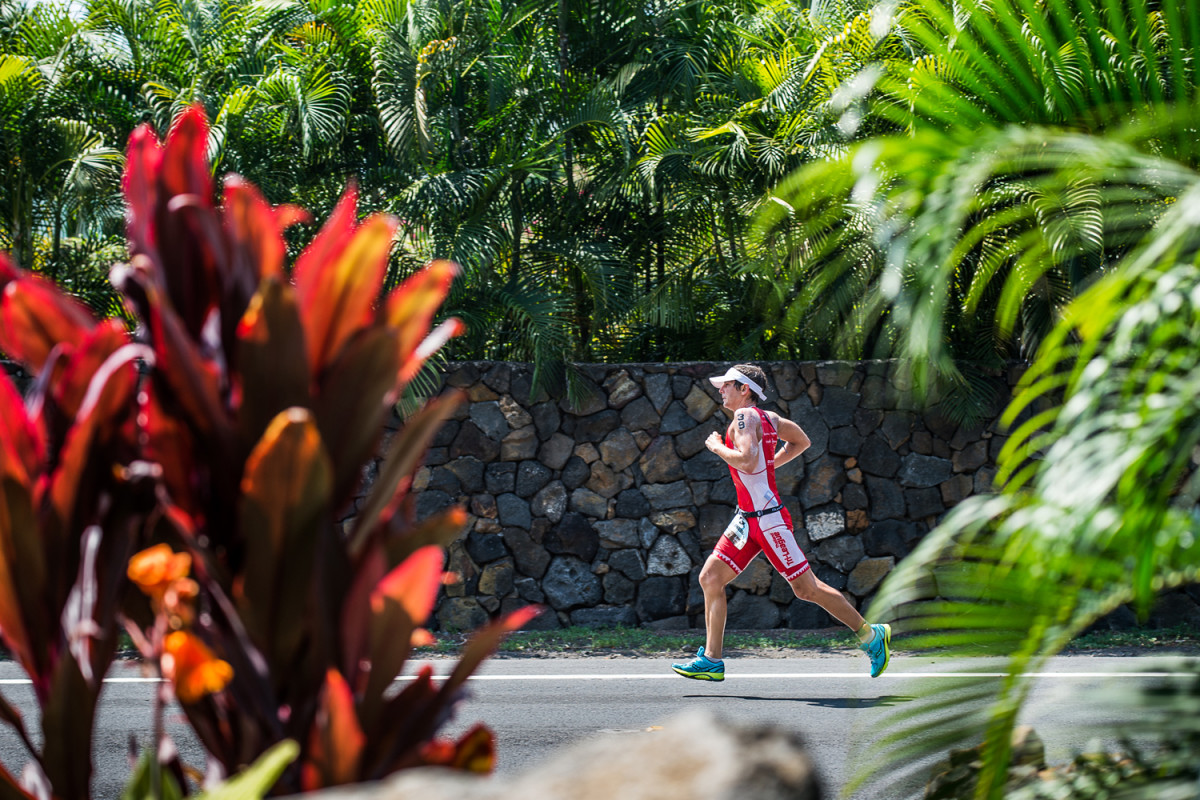
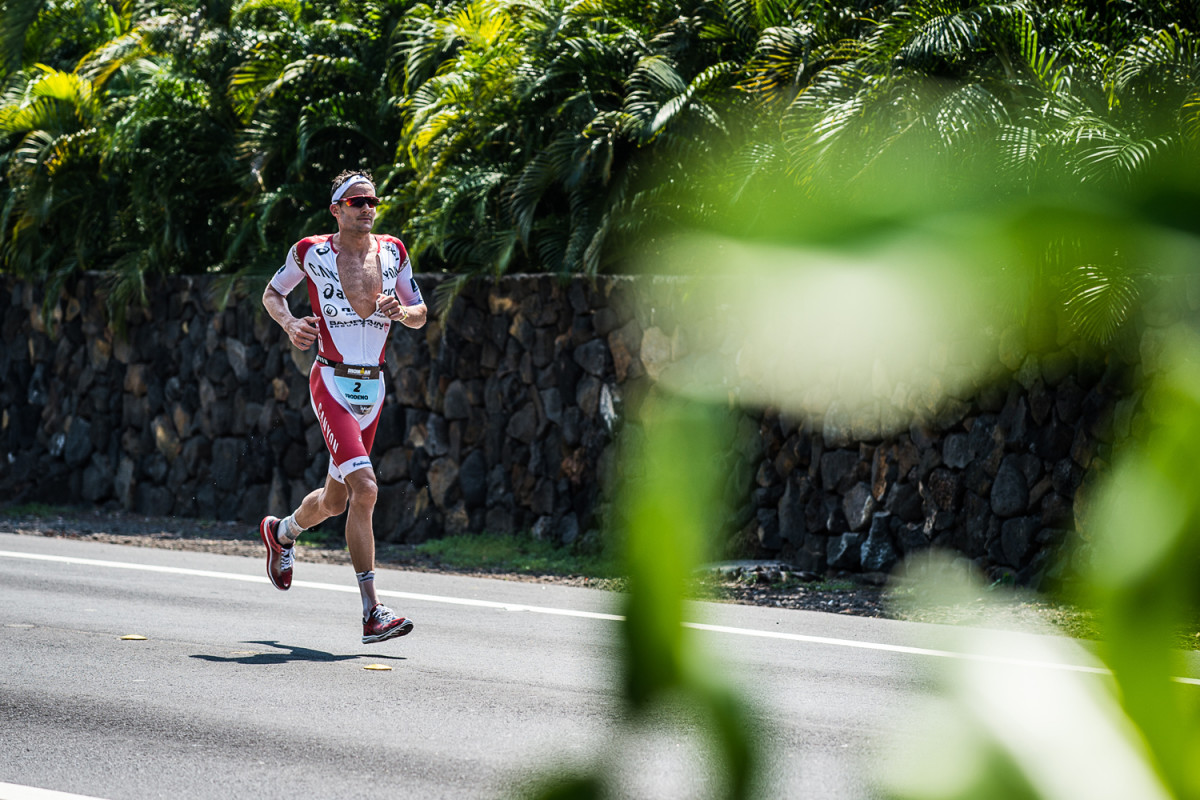
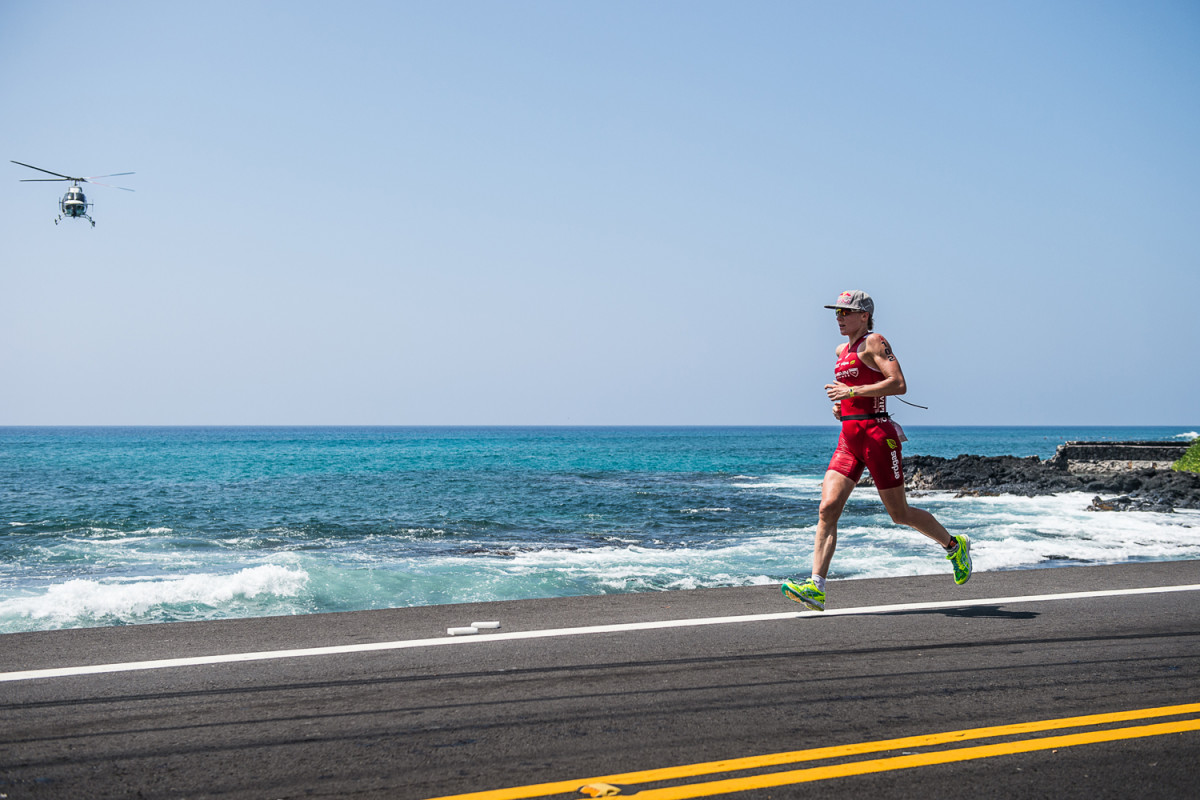
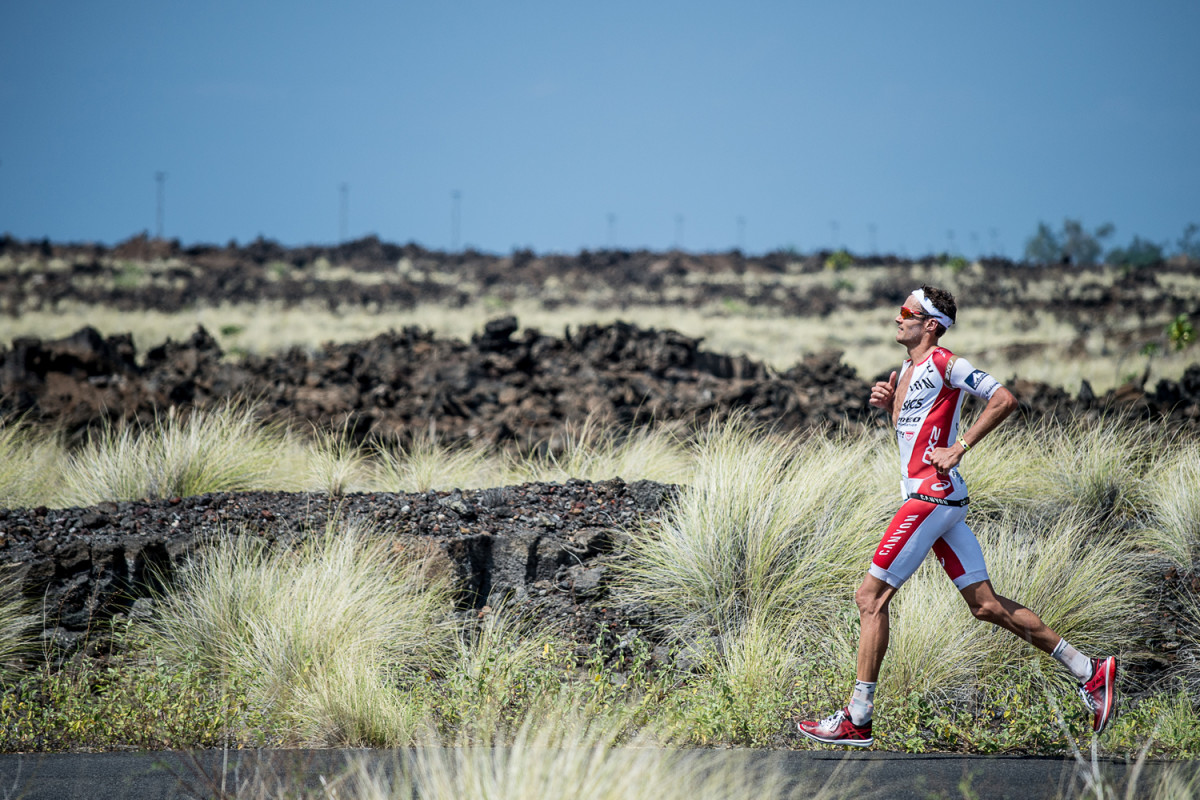
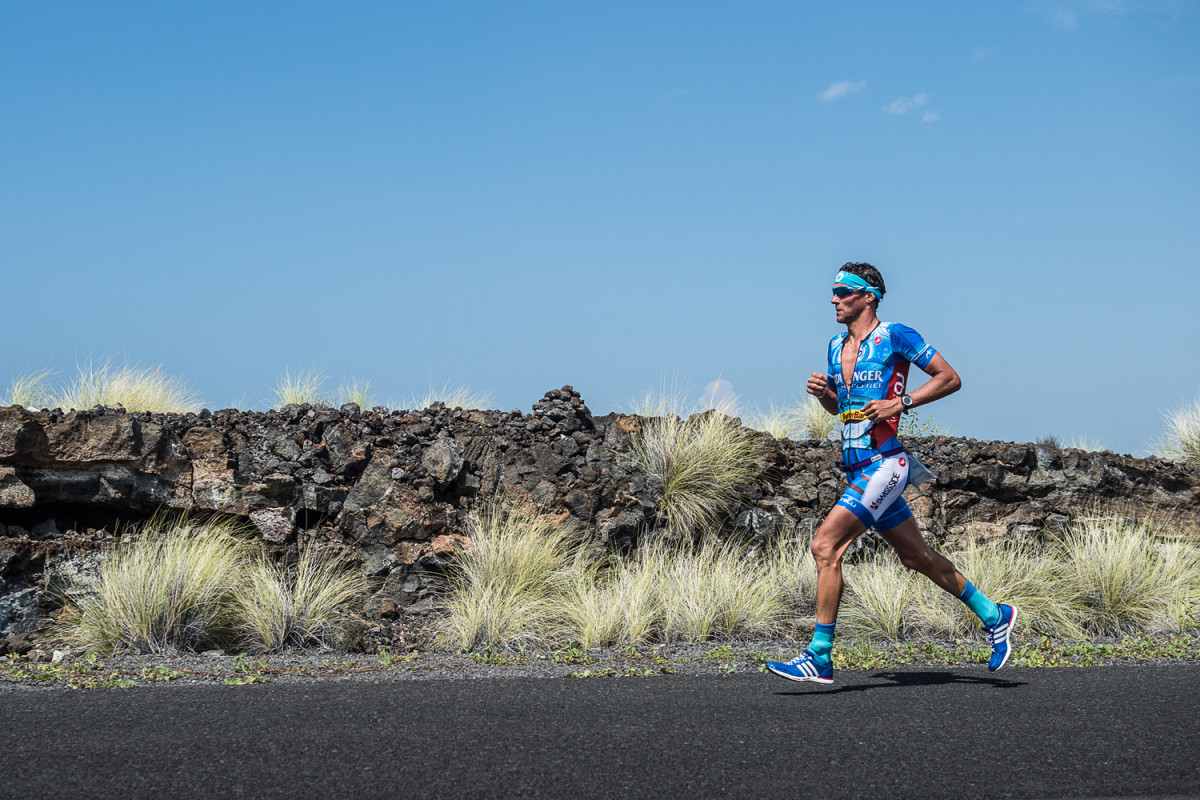
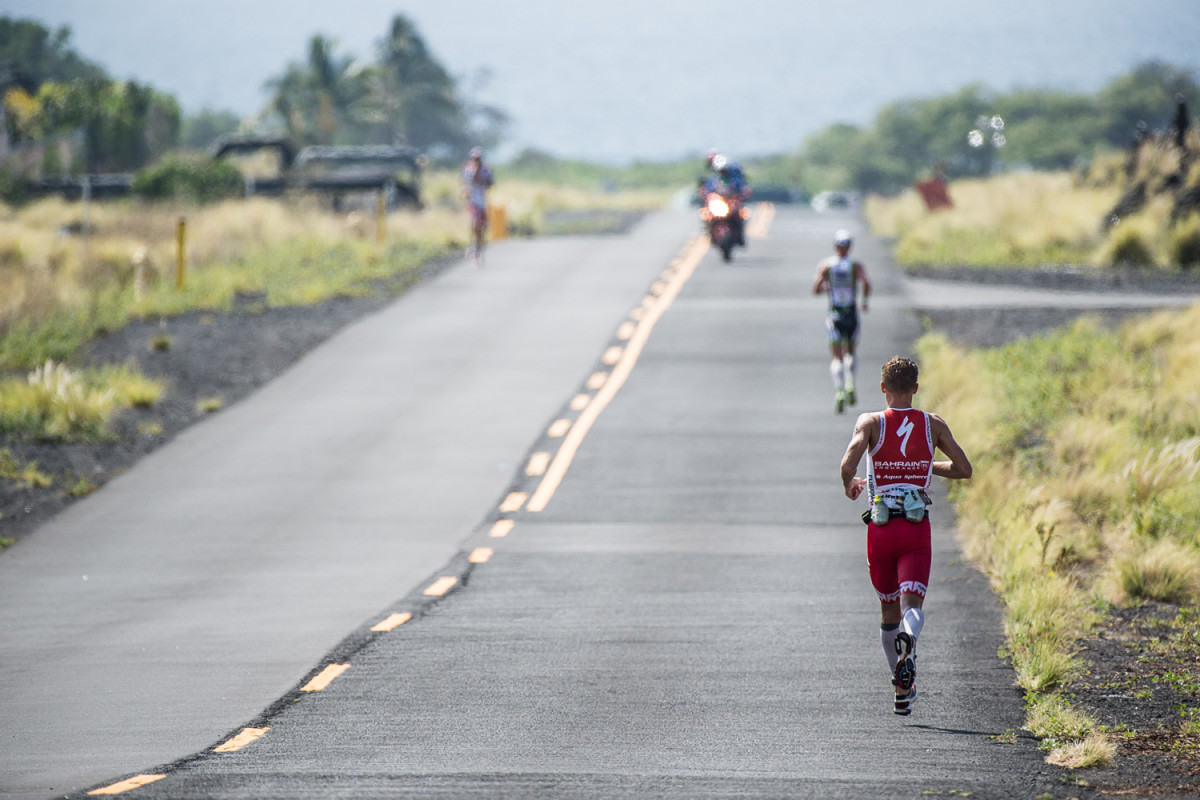
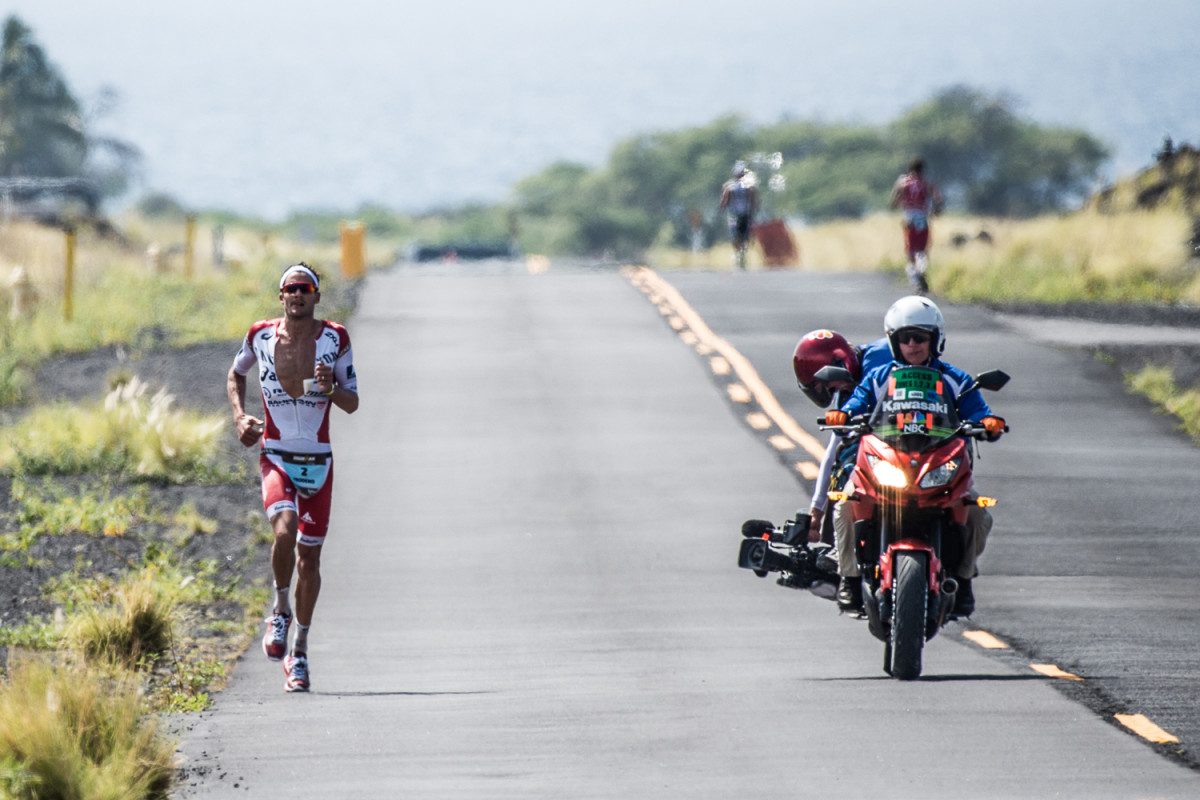
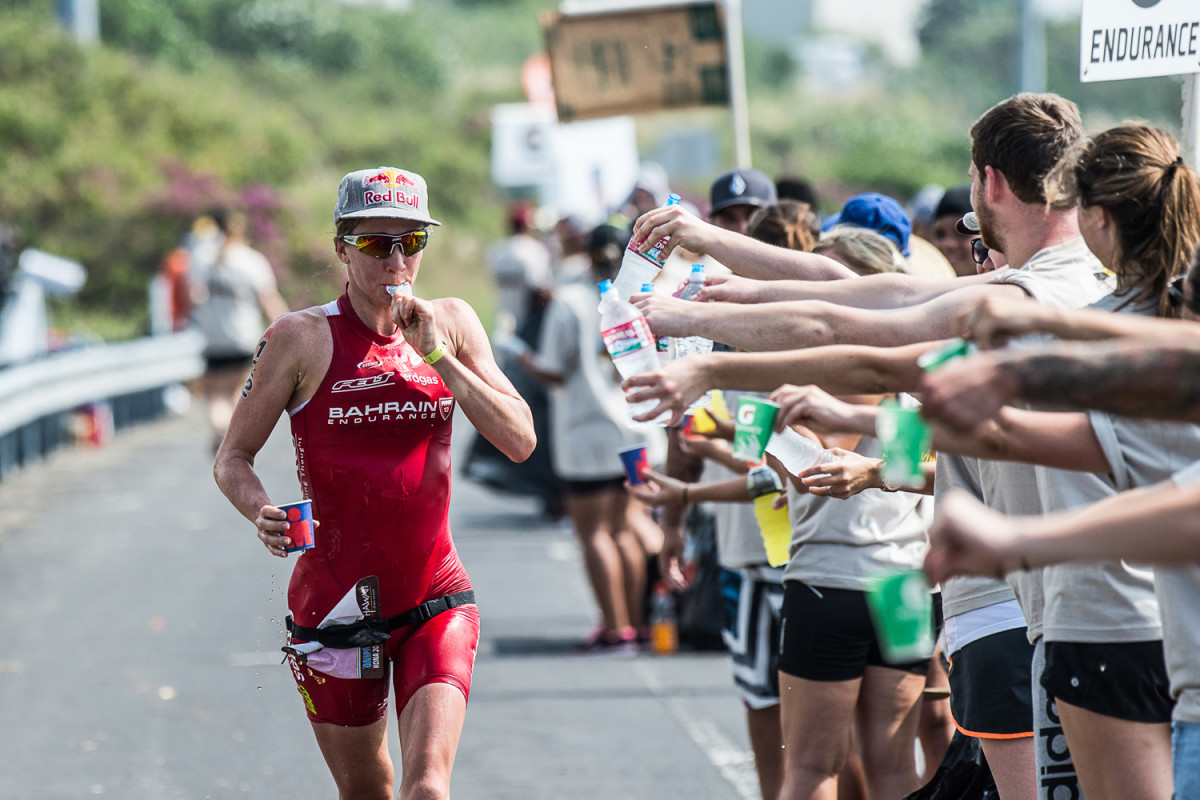
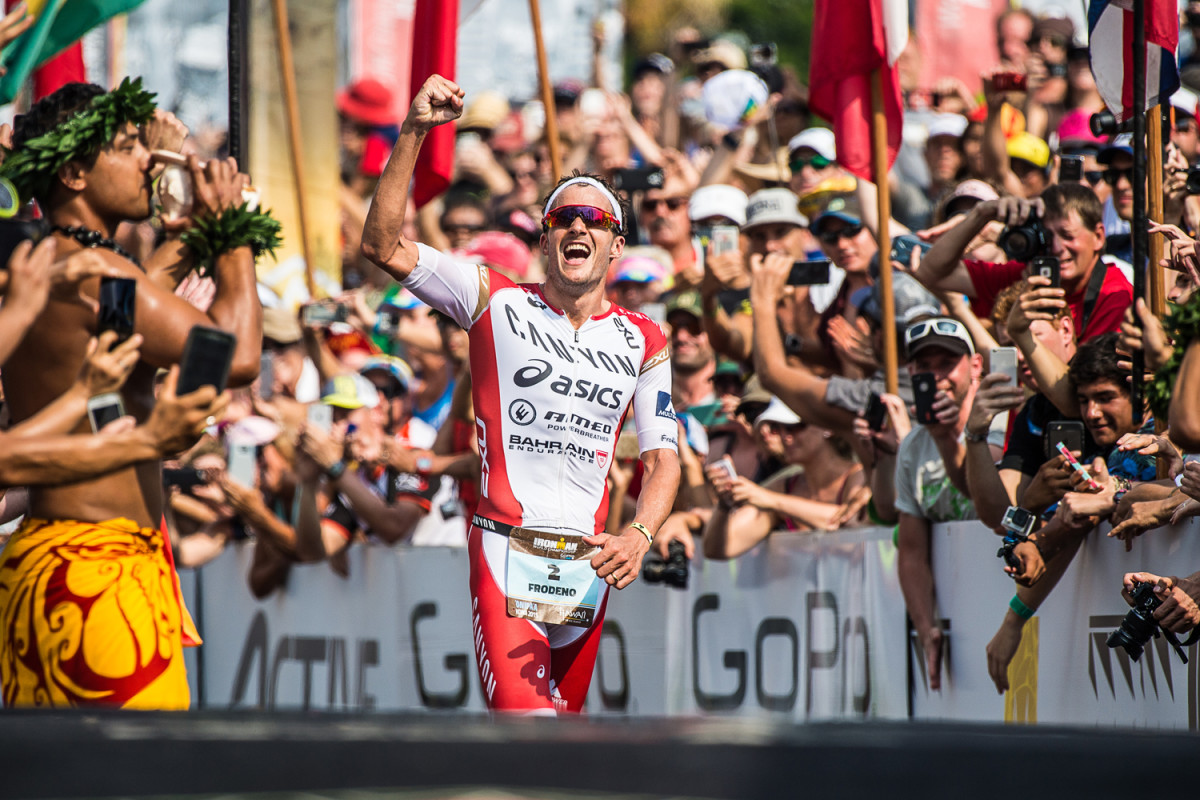
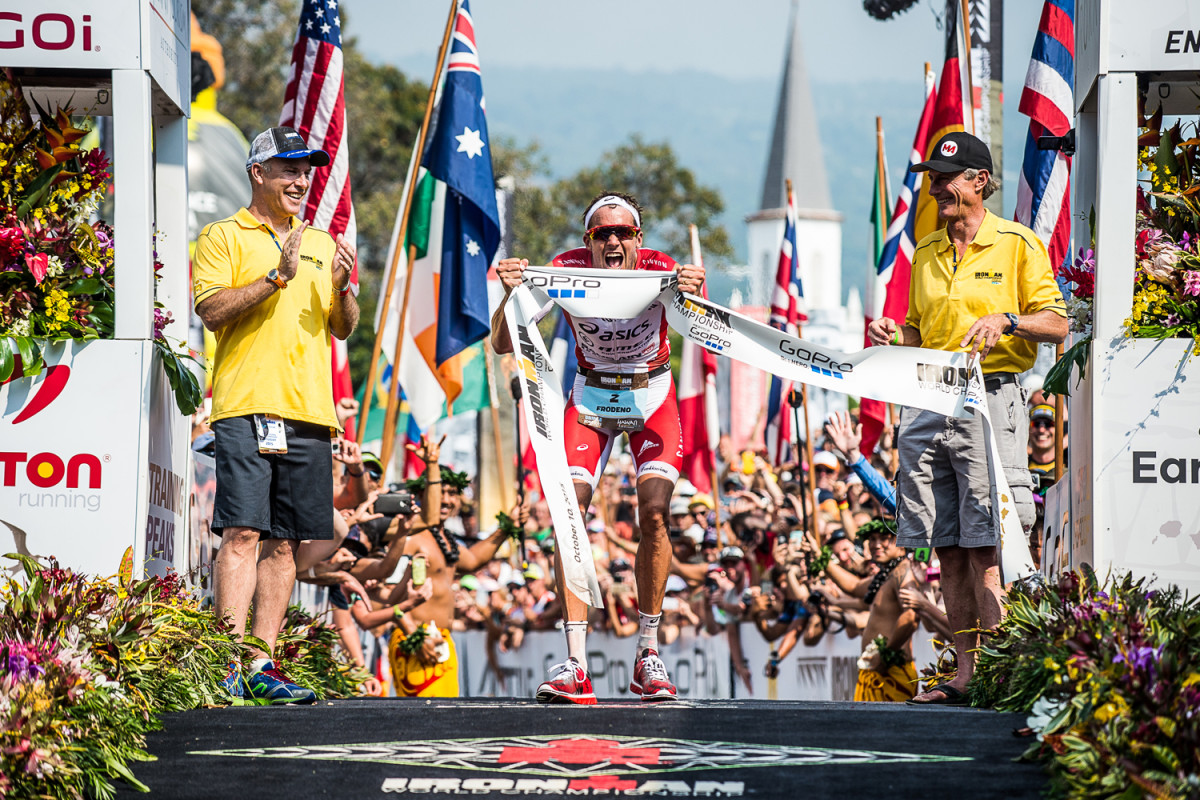
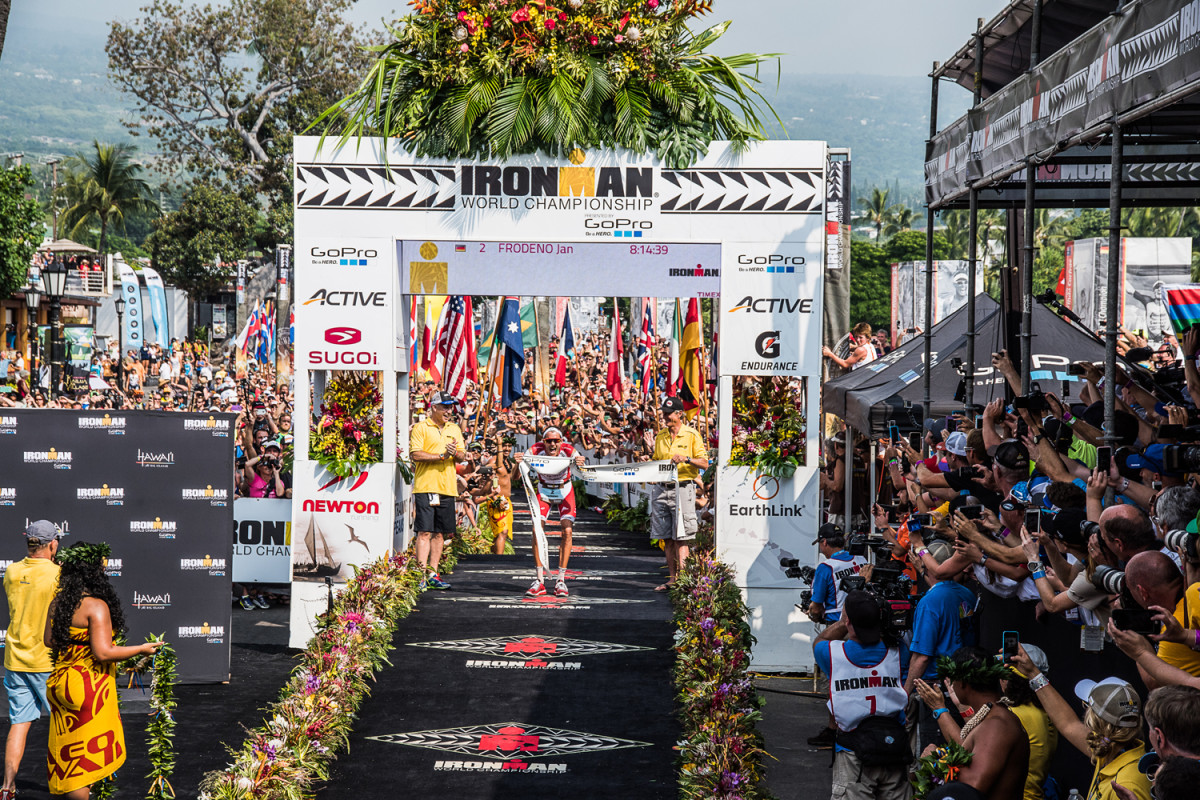
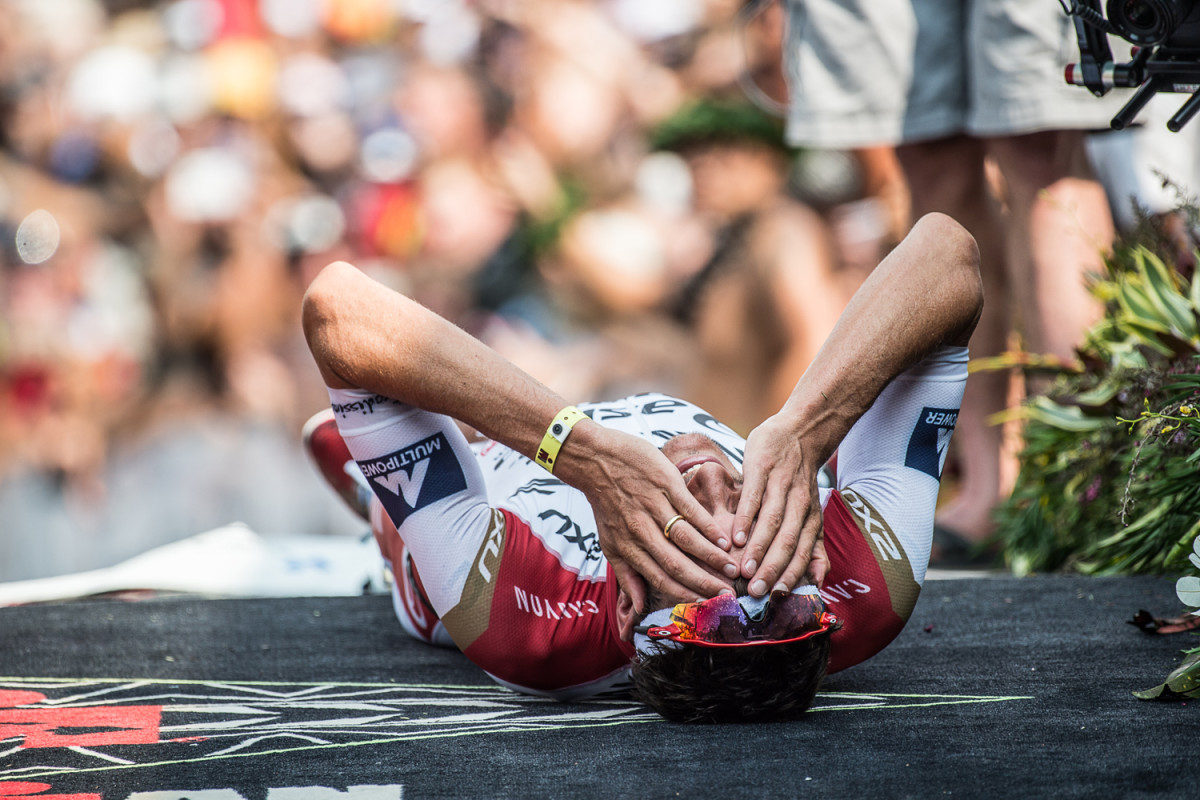
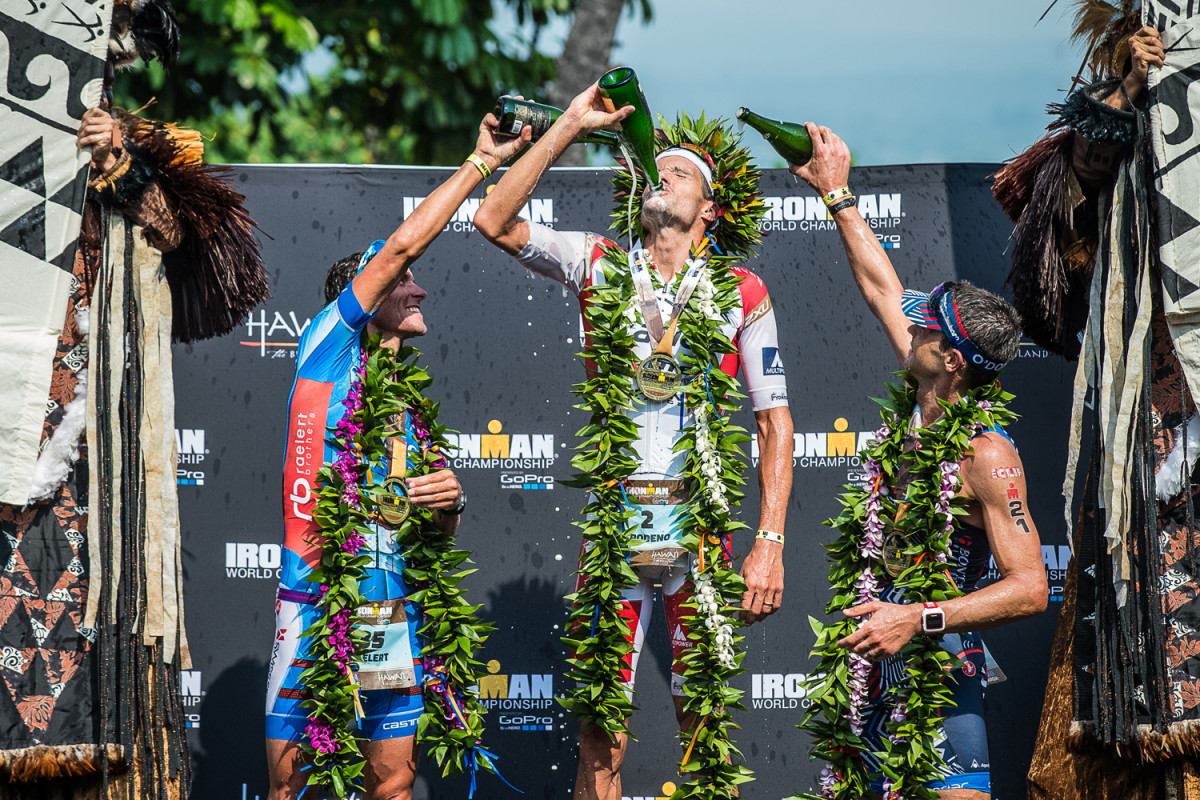
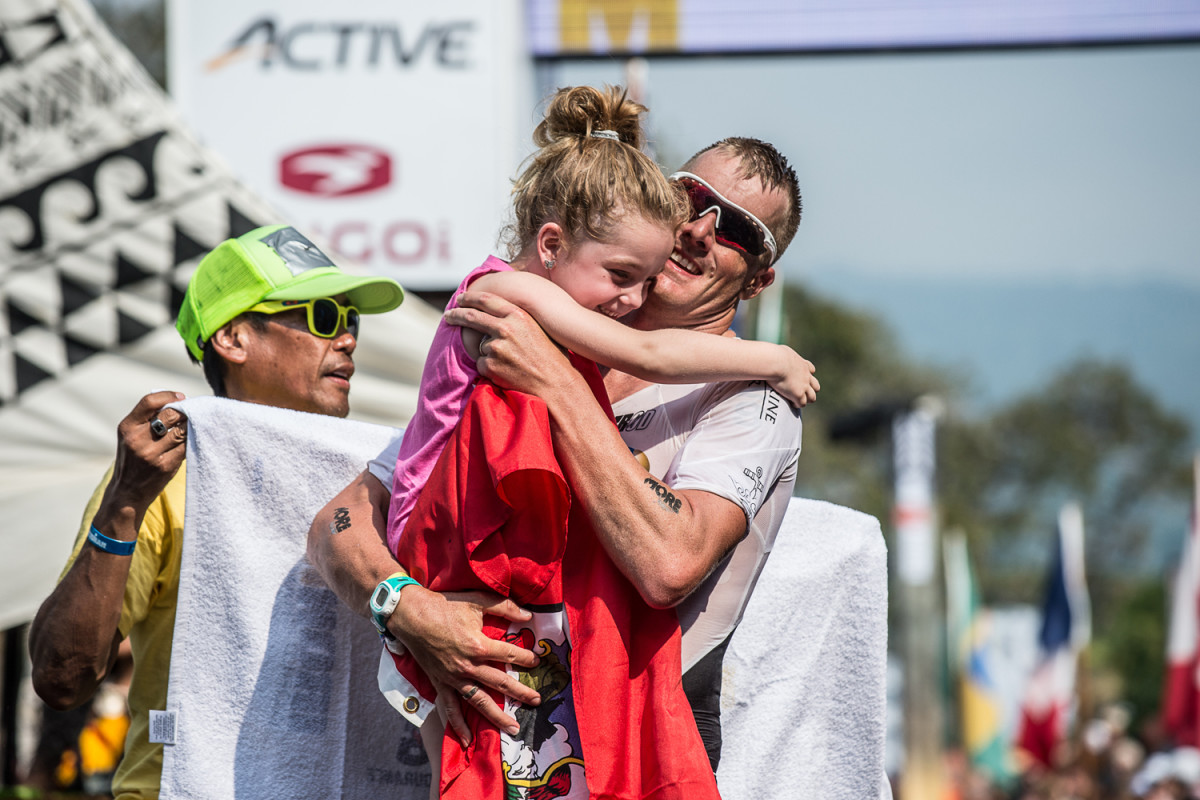
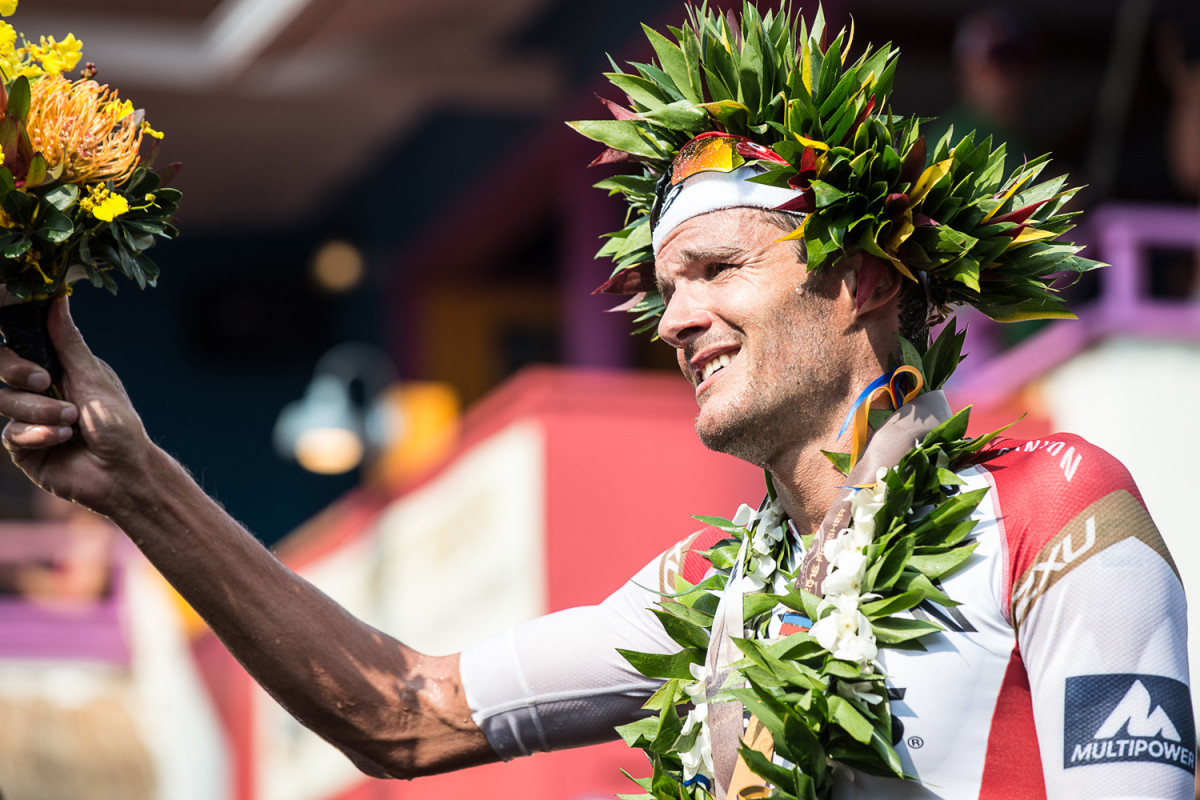
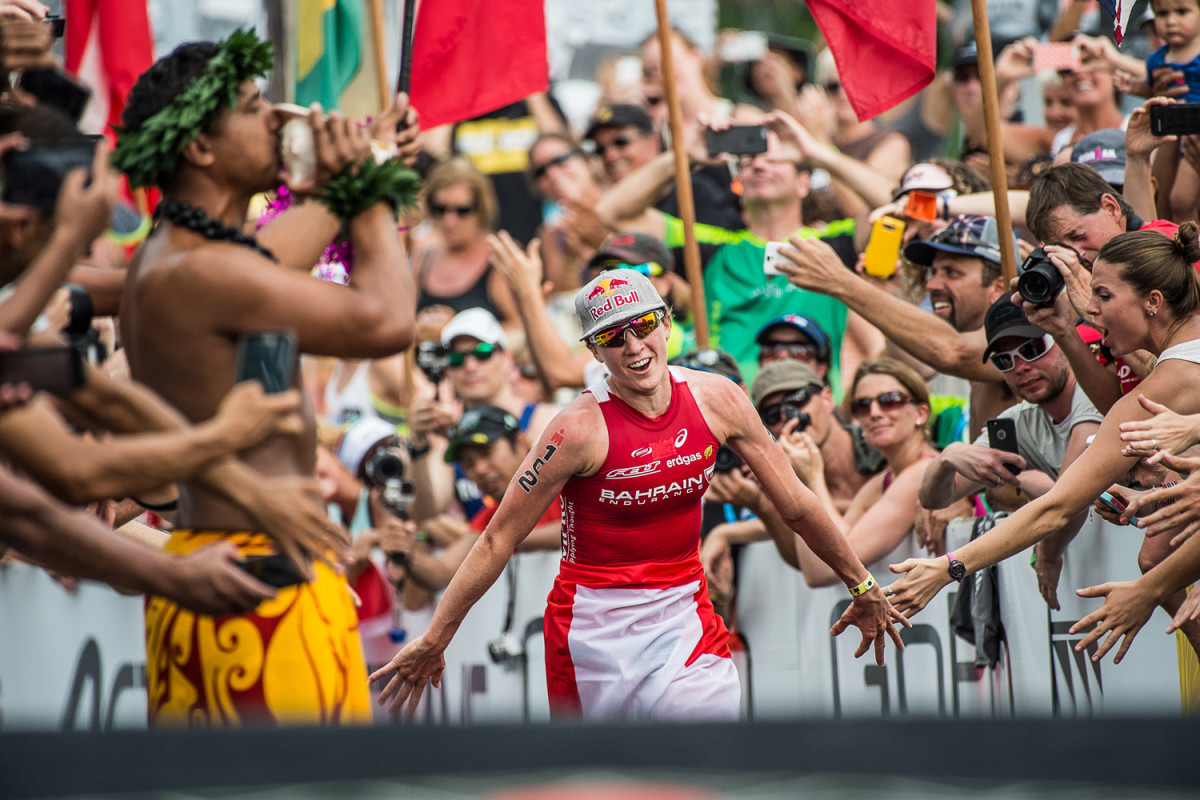
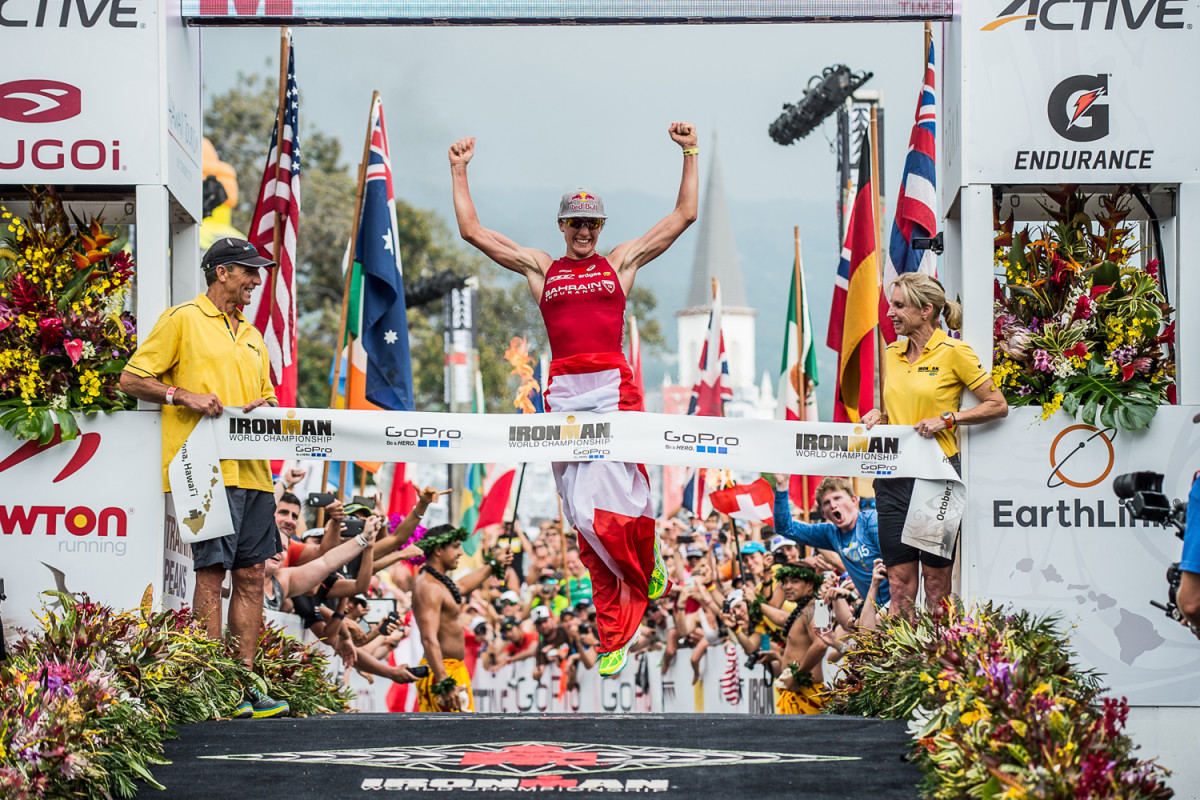
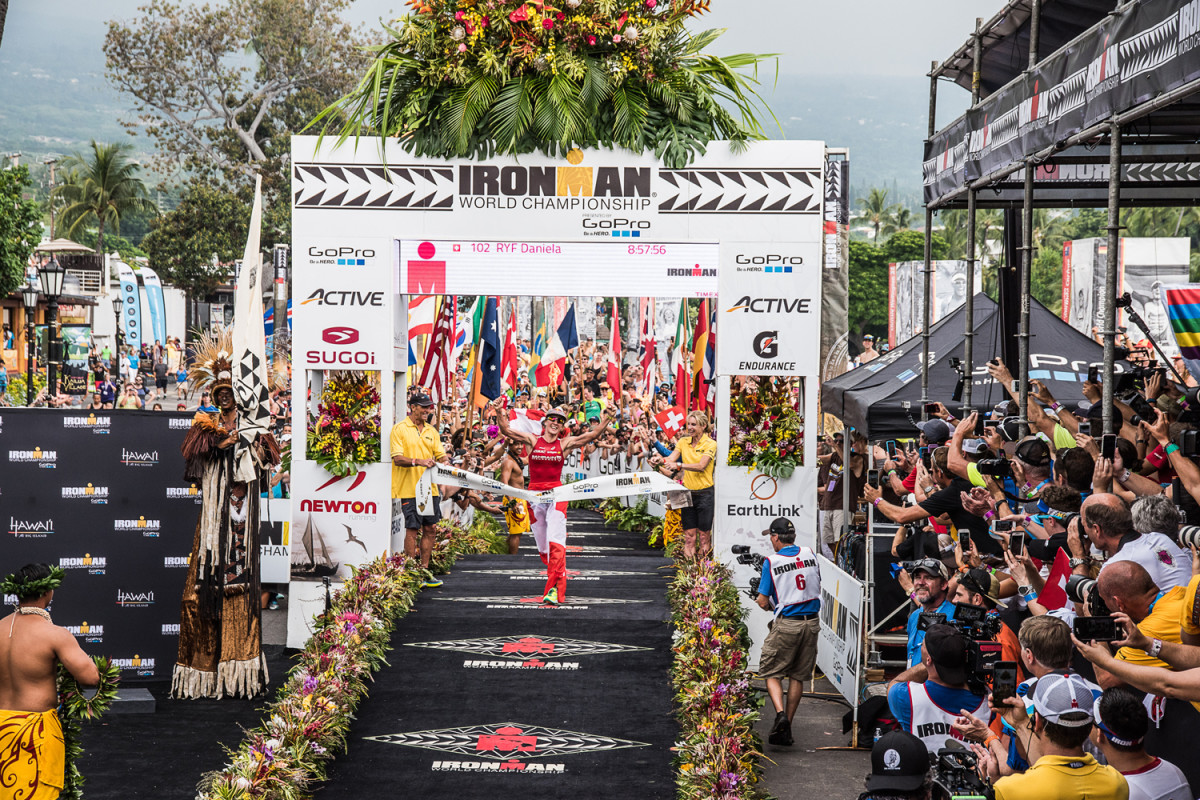
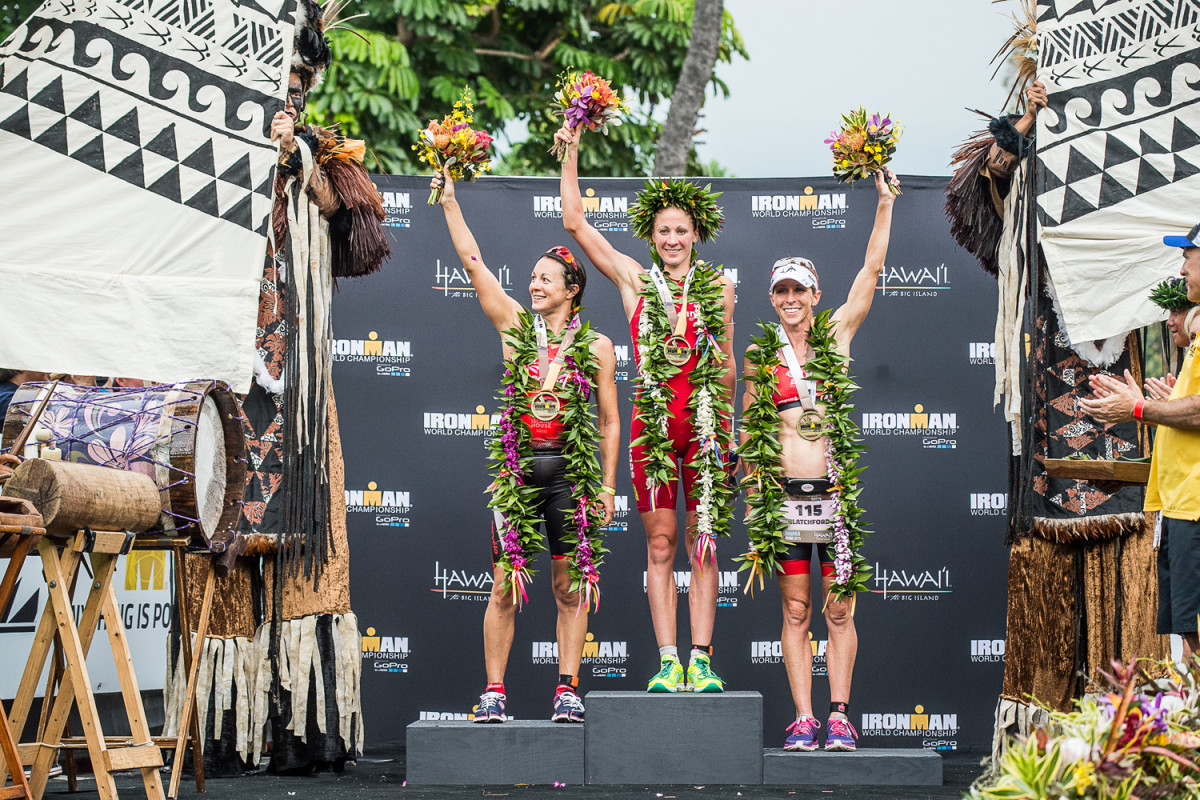
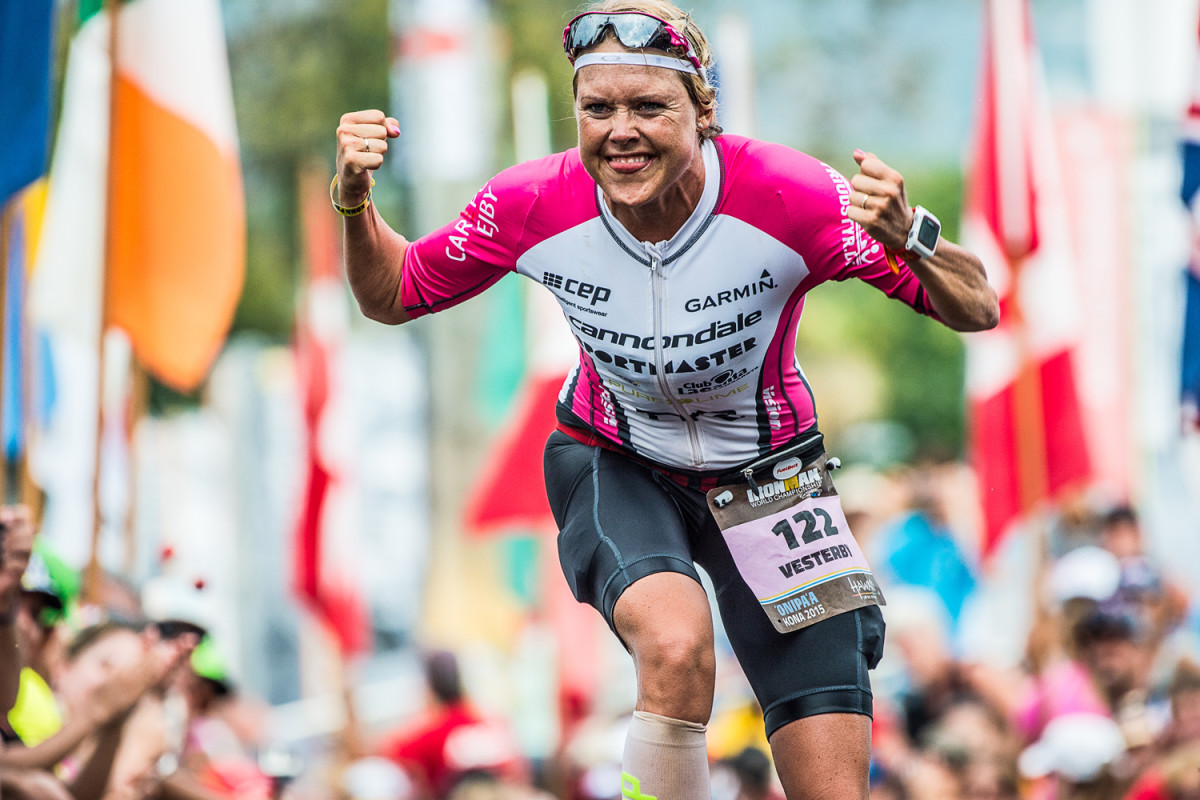
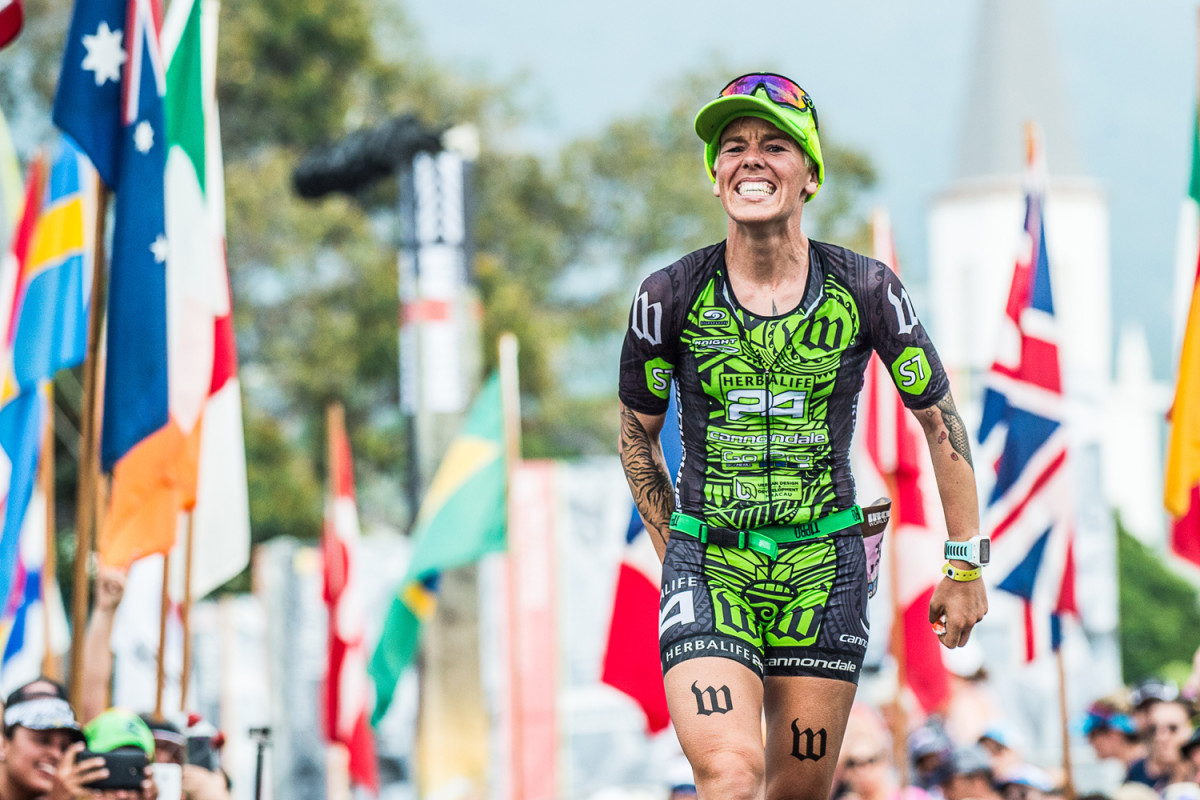
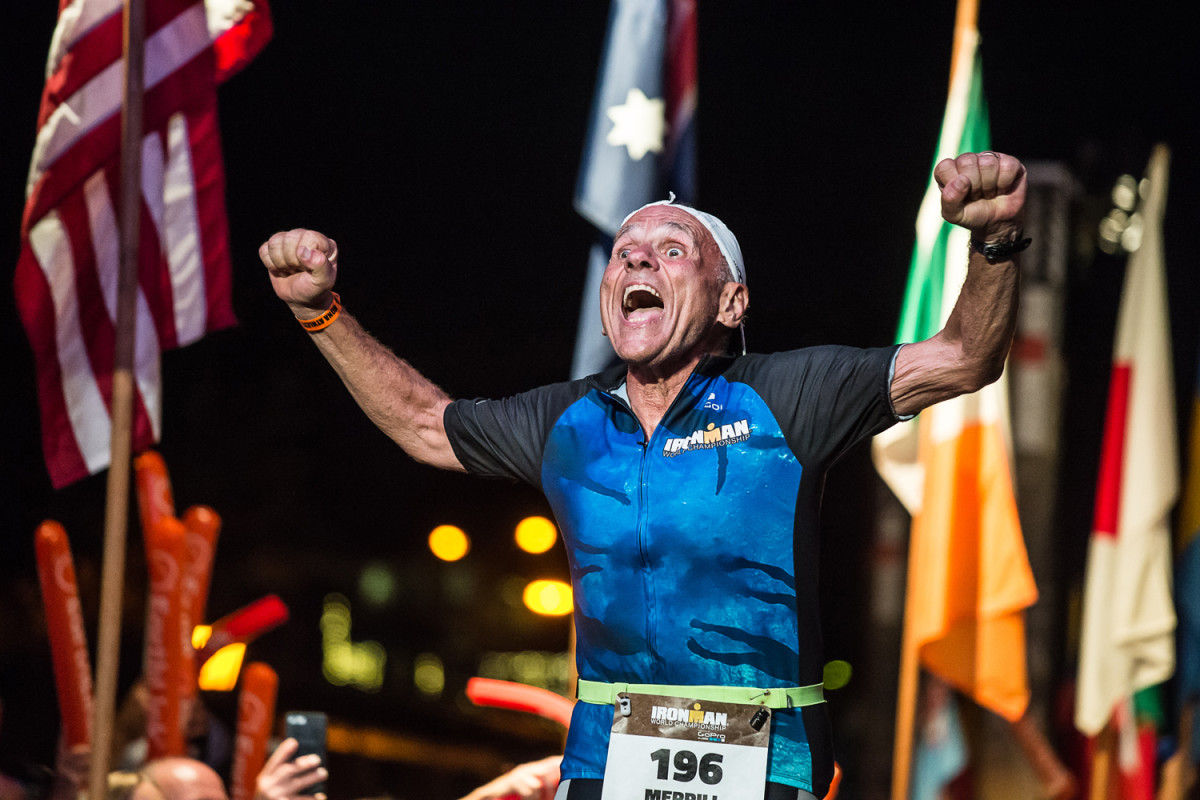
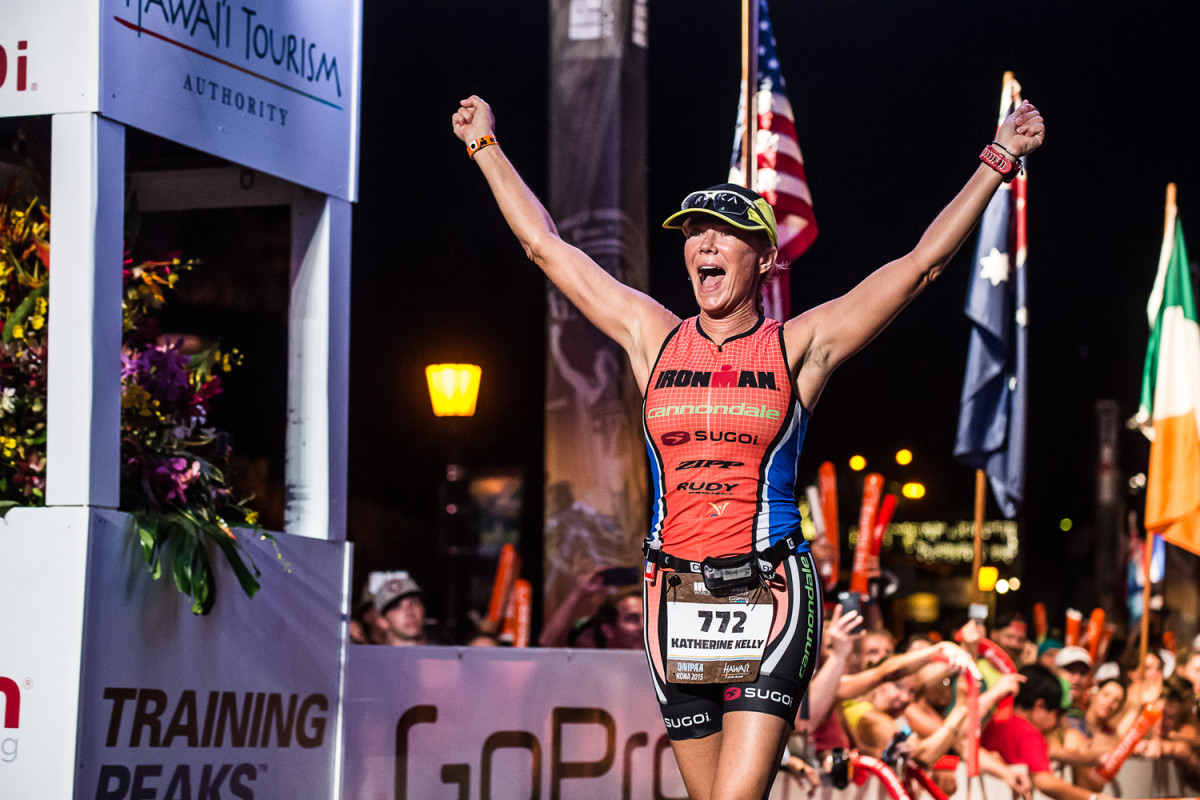
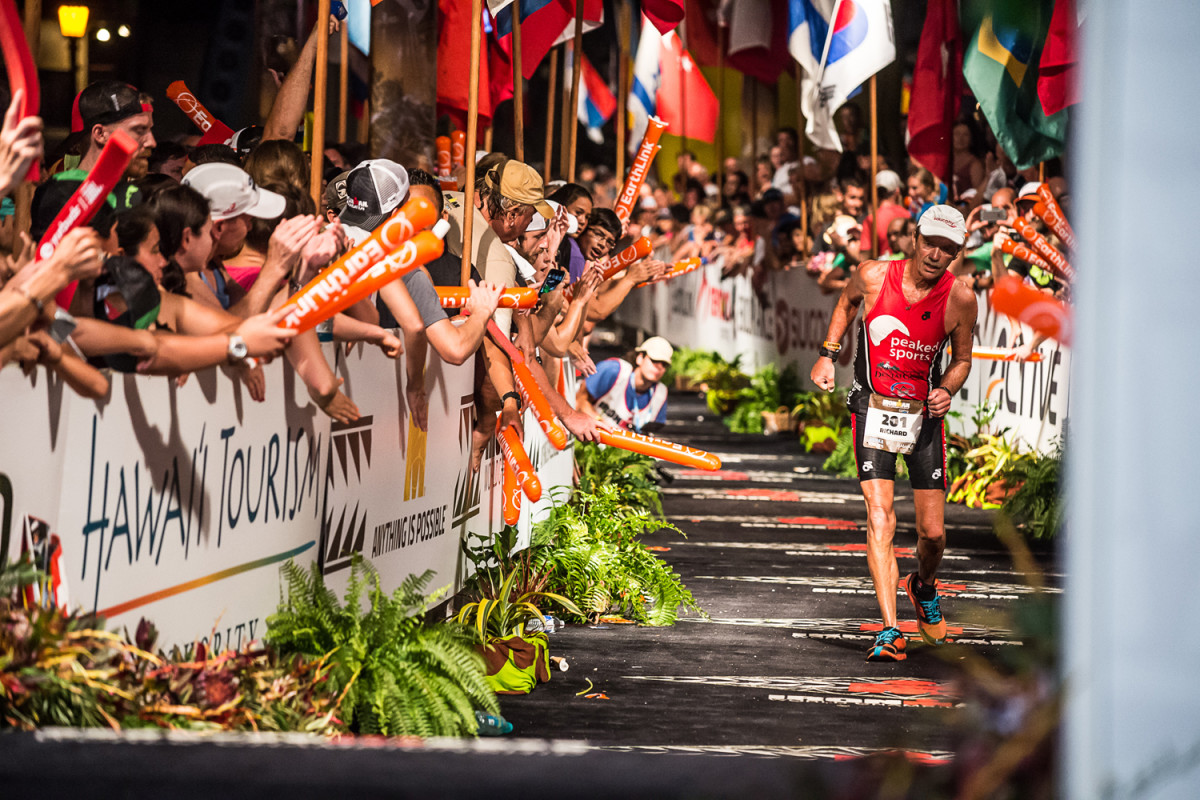
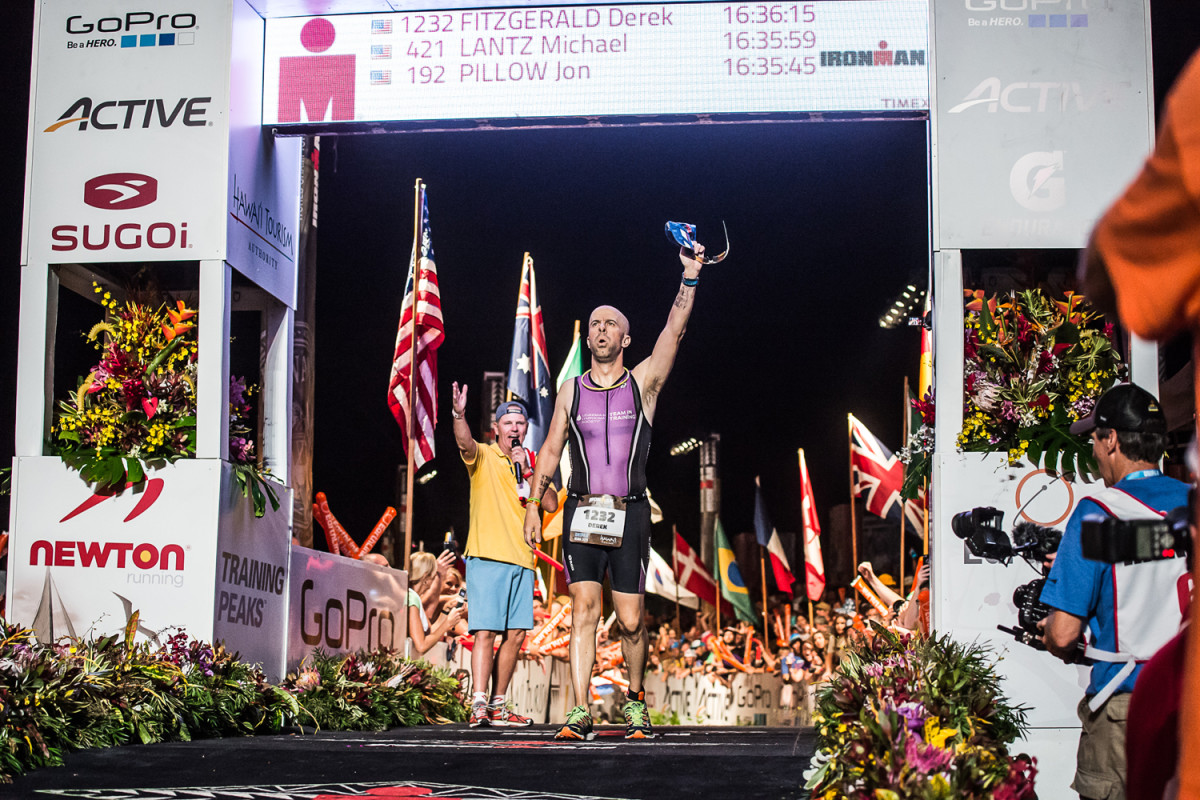
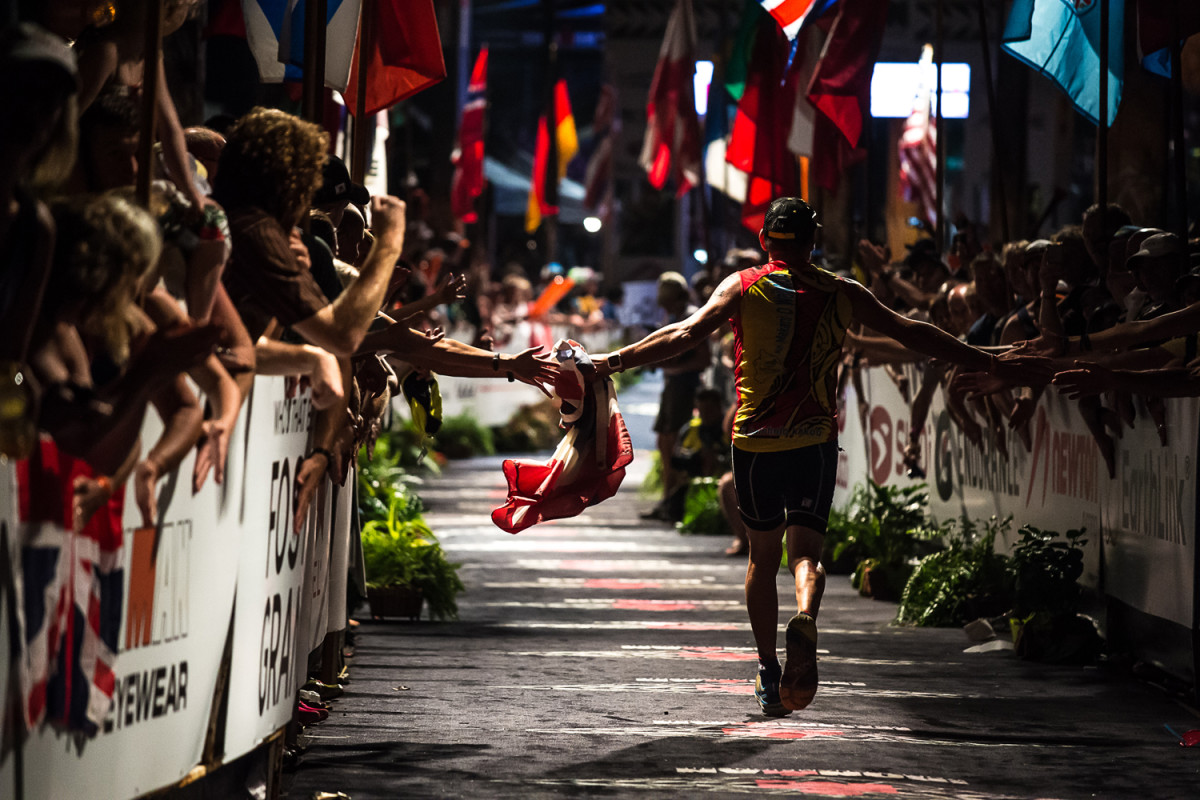
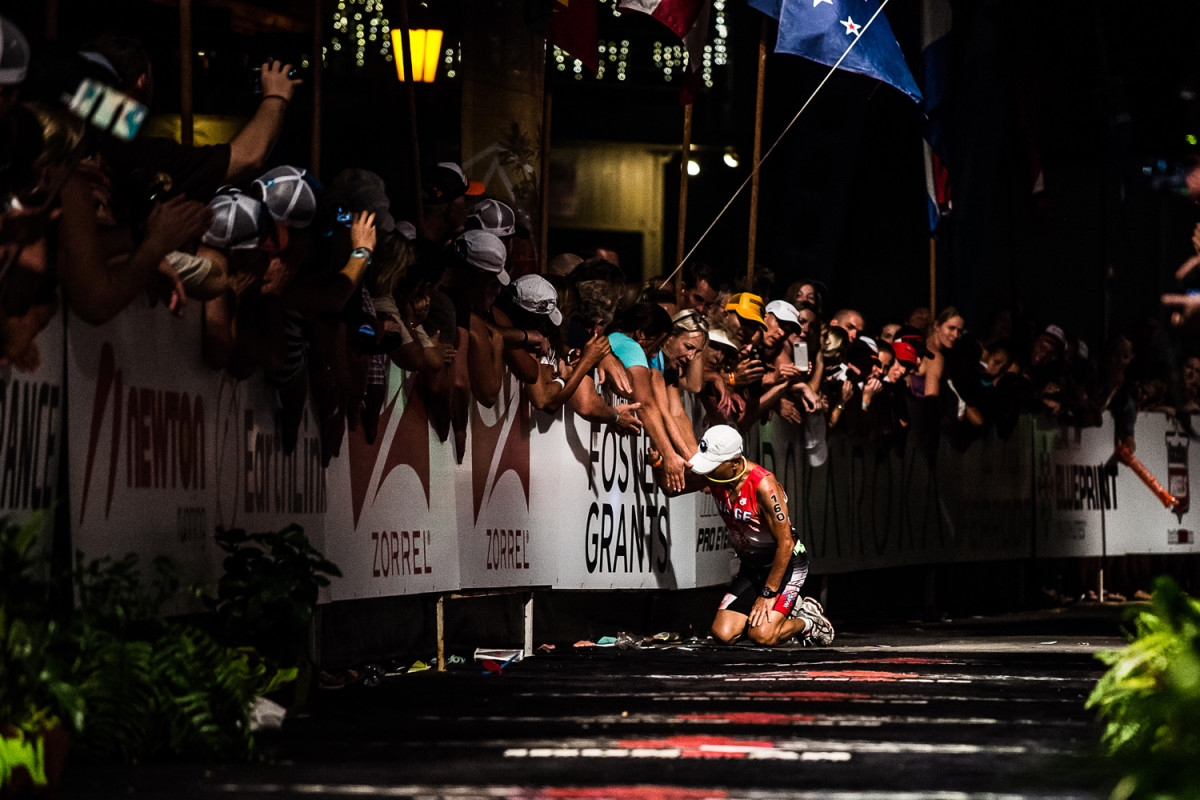
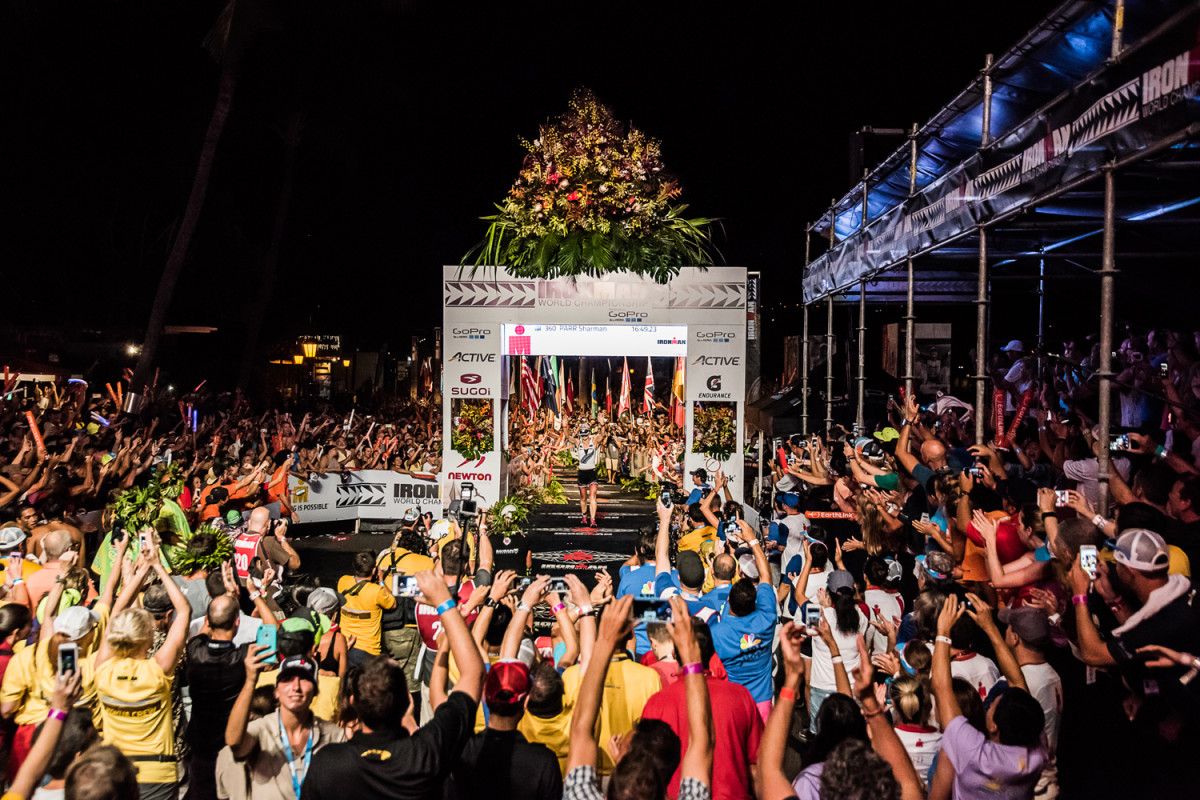
2016 IWC historical facts and stats
• 70% of participants (1,683 athletes) are male.
• 30% of participants (718 athletes) are female, which is up two percentage points from 2015 and also marks the largest female field in history at the Ironman World Championship.
• 43 is the average age of registrants this year.
• 100 race participants (57 males, 43 females), or 4% of the total field, are professional athletes.
• Hiromu Inada (Yachiyo, Chiba, Japan) is the oldest participant at 83, while Hiraya Shun (Asahi City, Chiba, Japan) is the youngest at 19.
• Belarus is sending an athlete to the Ironman World Championship for the very first time.
• Eight athletes will be celebrating their birthday on race day.
• All 50 U.S. states are accounted for.
• North America represents 40.5% of the field, while Europe is close behind with 36.5% of athletes registered to race in the Ironman World Championship. Asia-Pacific brings 14.3%, while South America represents just over 6% of the field.
• 826 competitors representing 390 different TriClubs from around the world are racing at this year’s Ironman World Championship and total over 34.8% of the field.
• 23 new Ironman and Ironman 70.3 races were established in 2016.
• More than 5,000 volunteers will help make the Ironman World Championship a success.
